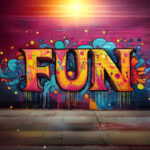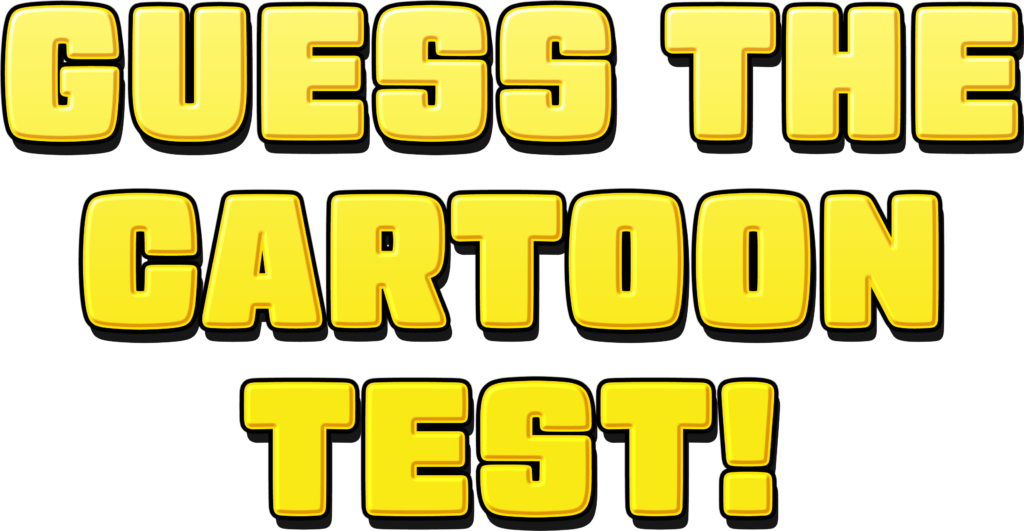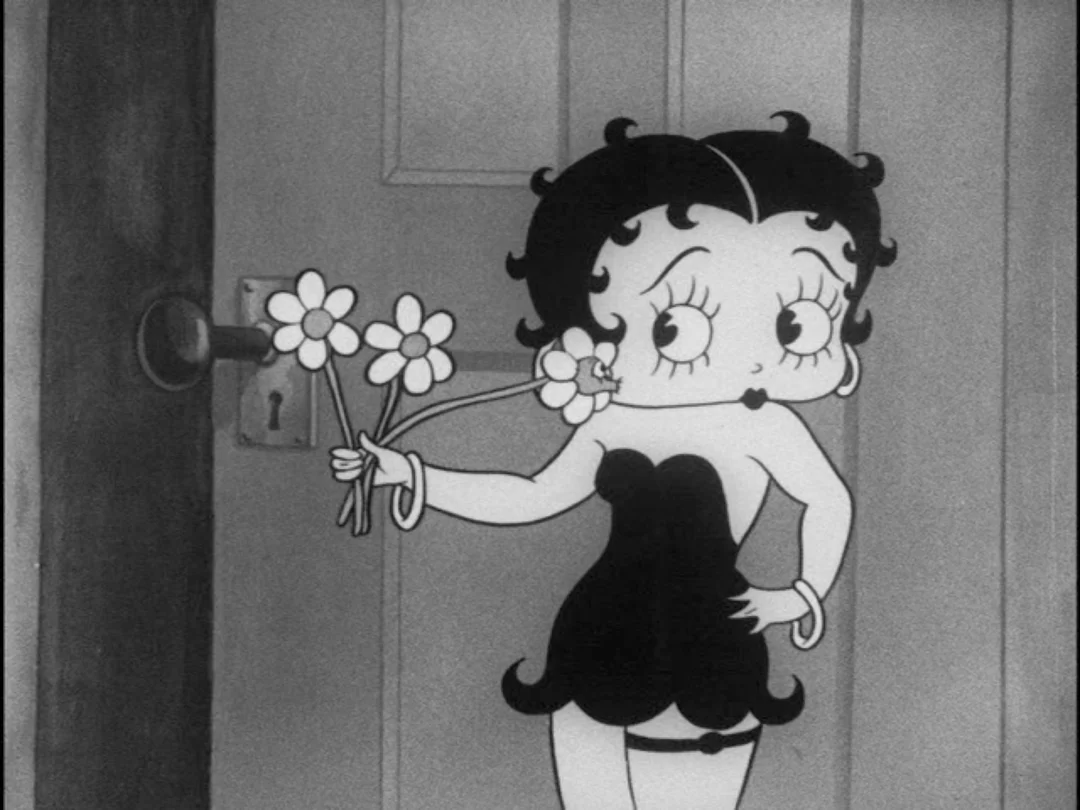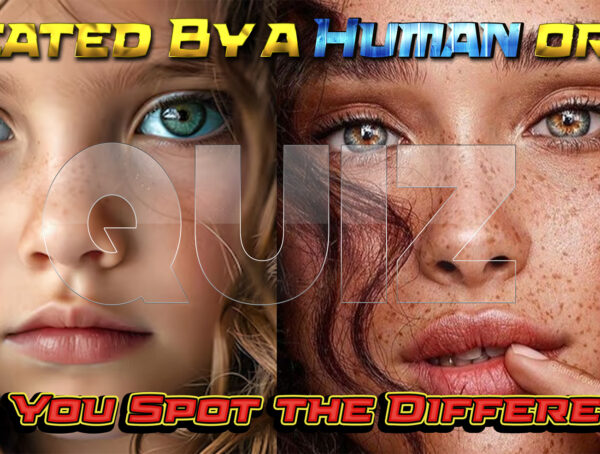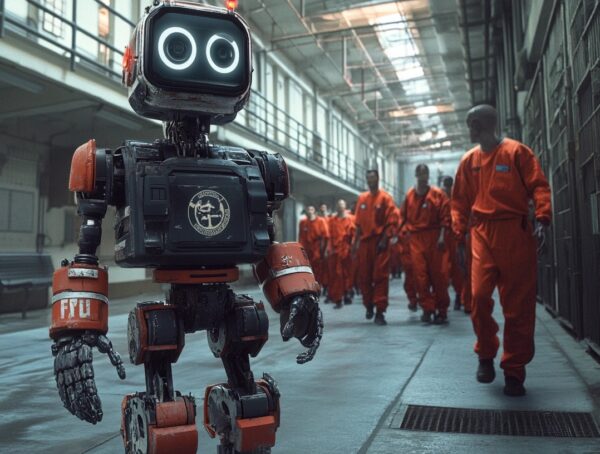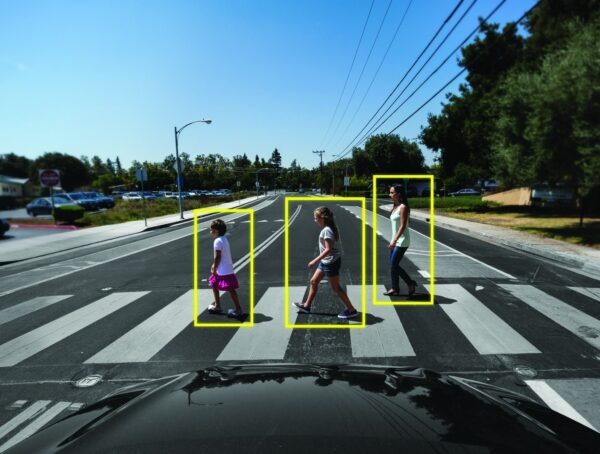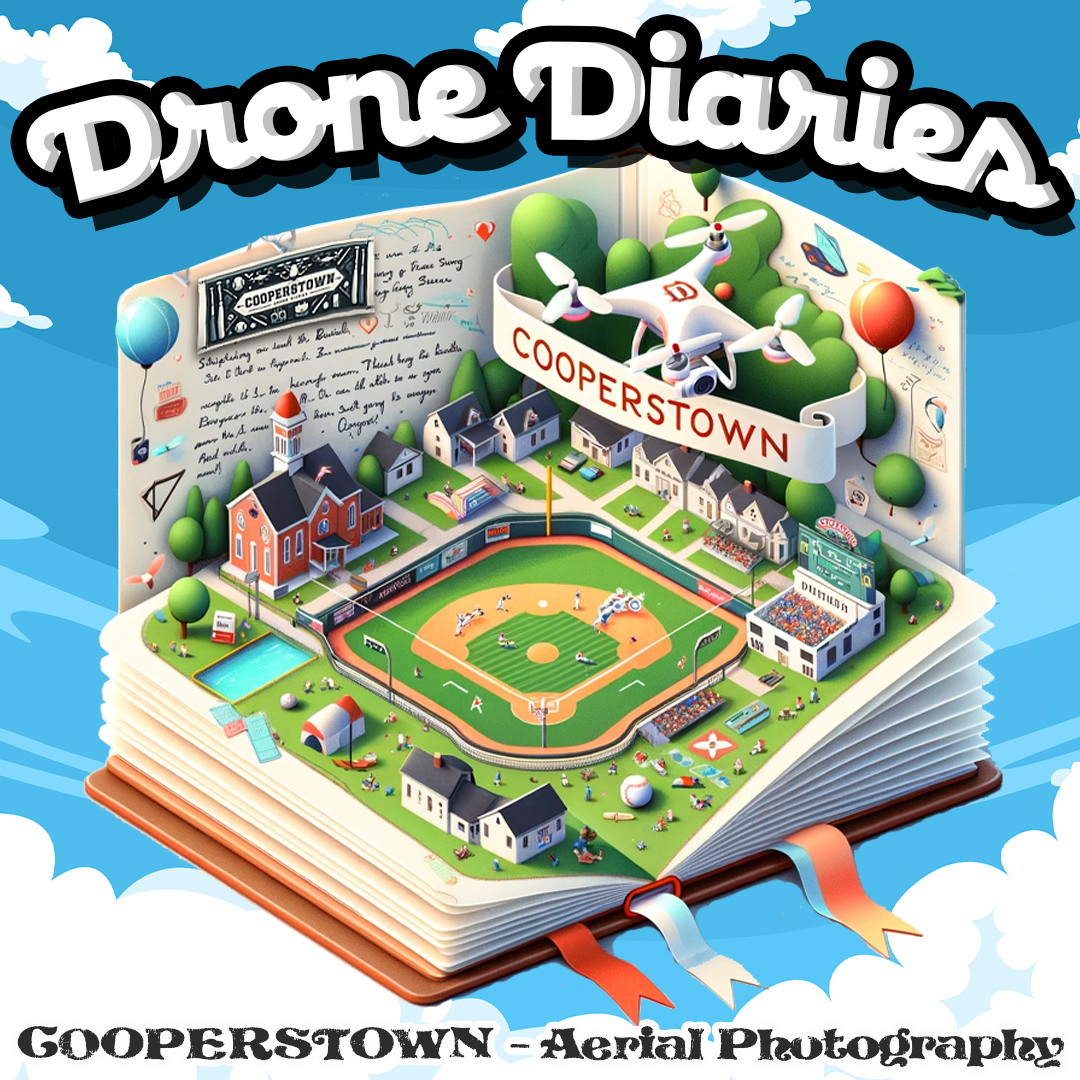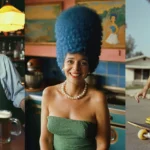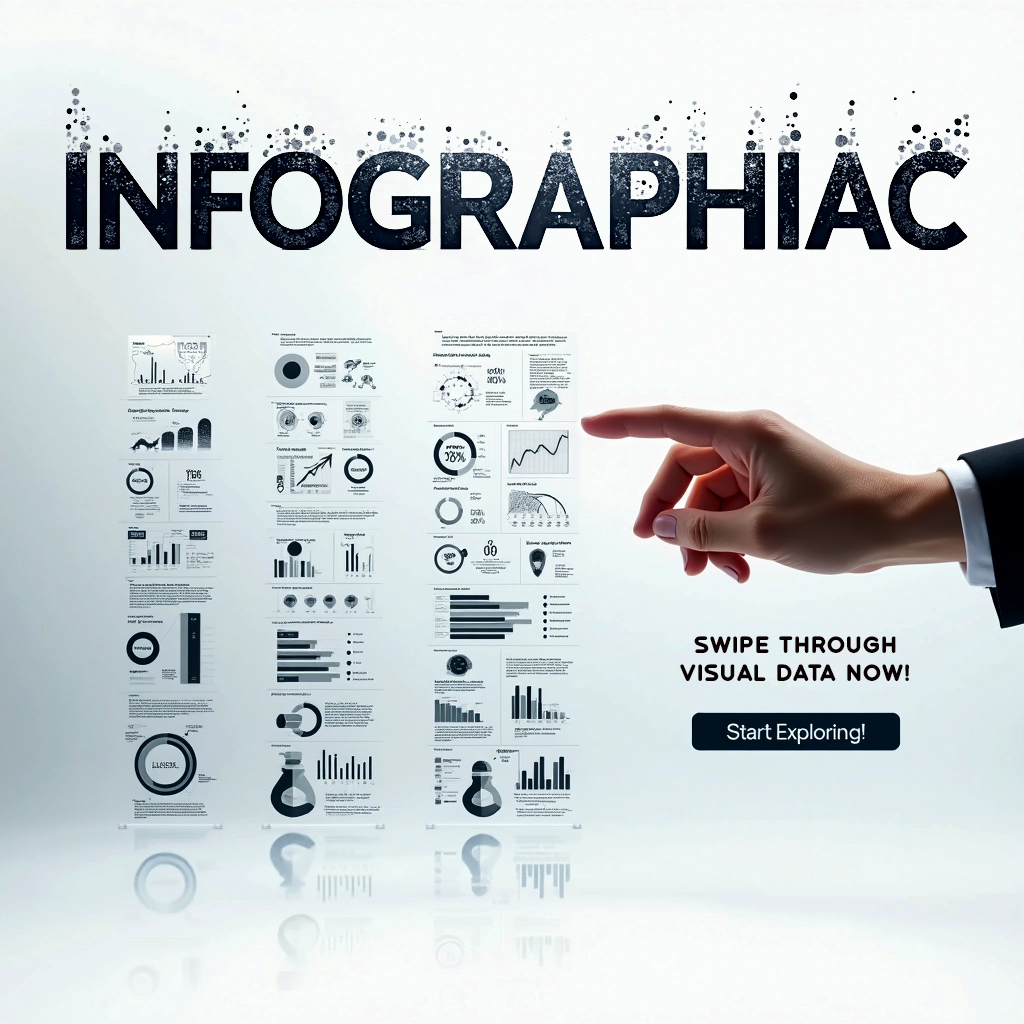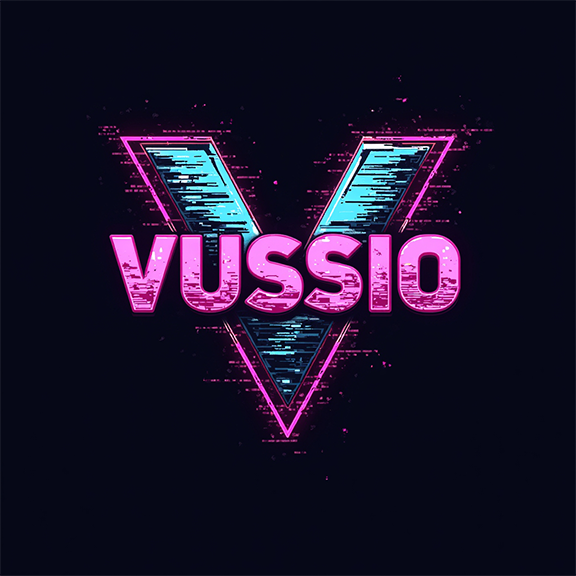AI is revolutionizing how we experience beloved cartoon characters, transforming them into realistic, lifelike depictions that seamlessly blend fantasy with reality. By using advanced tools like MidJourney and DALL-E, AI interprets iconic features—like Ariel’s flowing red hair or Popeye’s rugged demeanor—and reimagines them in stunningly human form. This process involves intricate neural networks analyzing human anatomy, artistic styles, and emotional markers, creating portraits that feel both familiar and entirely new.
From Disney princesses to animated pirates, each AI-crafted character showcases the power of technology to reimagine and deepen our connection to stories and personalities we grew up with. These creations are more than just a nostalgic nod; they’re a testament to AI’s evolving role in art and storytelling, offering a fresh lens on the timeless charm of cartoons. This blending of creativity and innovation opens doors to endless possibilities for future media and entertainment.
What If Cartoon Characters Were Real?
Have you ever wondered what your favorite cartoon characters might look like in real life? Would their features, exaggerated and whimsical, translate seamlessly into our reality—or would the result be something altogether strange and mesmerizing? As we imagine them stepping off the screen, their vibrant colors would likely dull, and their oversized eyes might take on an uncanny realism. The charm of their cartoonish expressions could clash or harmonize with the subtleties of human emotion, prompting us to guess the pixelated characters that inspired them. Ultimately, the transformation could reveal new dimensions to their personalities, blending nostalgia with a fresh, bizarre beauty.
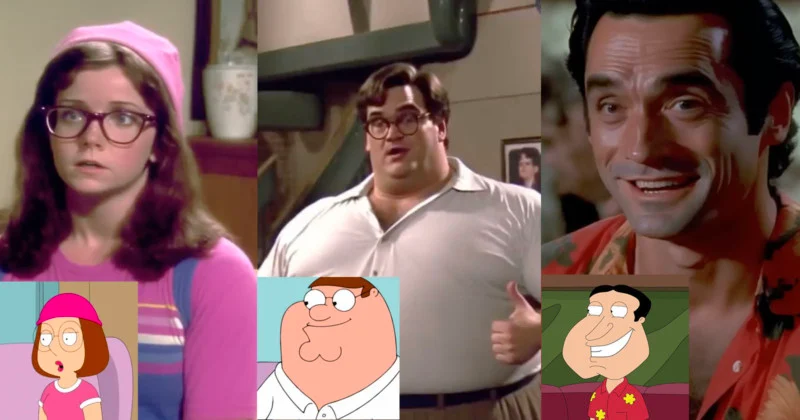
Now, with the power of artificial intelligence, we can actually find out. Today, we’re exploring how AI makes cartoon characters made real, the science behind cartoon to real-life AI, and what it means to see real-life versions of cartoon characters as they’ve never been seen before. Using advanced algorithms and deep learning techniques, AI can analyze the iconic features of beloved characters and recreate them with stunning realism, transforming our perception of these fictional personas. This fascinating technology allows fans to envision what their favorite cartoon characters in real life might look like, bridging the gap between animation and reality. As we delve deeper into this innovative realm, we begin to understand the implications of seeing cartoon characters in real life, sparking a dialogue about the intersection of art, technology, and our emotional connections to these figures.
The Magic of AI: Turning Cartoons Into Reality
Cartoons are, by nature, exaggerated. Giant eyes, impossibly small waists, or noses that defy physics are all part of their charm. AI, however, doesn’t interpret these features as we do. Instead, it processes them as data points—analyzing their shape, structure, and color. Using advanced tools like MidJourney or DALL·E, AI takes these inputs and reconstructs them in a way that aligns with the rules of human anatomy.
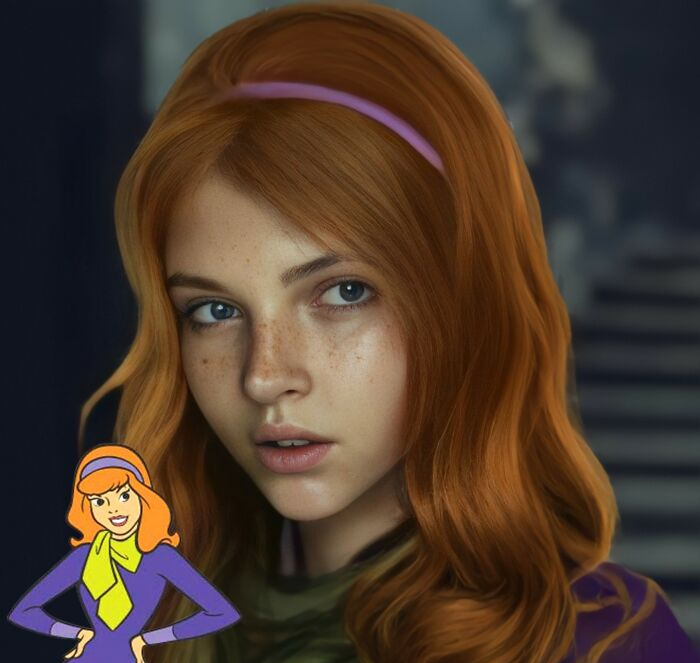
This is the essence of cartoon to real-life AI. It’s not just a simple overlay or a touch-up. It’s a complex transformation where the AI generates entirely new textures, skin tones, and facial features while maintaining the essence of the original character. Essentially, it’s like asking the AI, “If this cartoon existed in real life, what would they look like?” And the results are often breathtaking, blending the familiar with the uncanny.
20 DISNEY CHARACTERS IRL:
Bringing Disney magic into reality, these AI-crafted portraits offer an astonishingly lifelike take on the characters we know and love.”
1. Ariel from The Little Mermaid
AI technology brings Ariel to life in a stunningly realistic way, but how does it capture her ethereal beauty? The neural network’s ability to interpret the softness of human features, like freckles and red curls, while maintaining
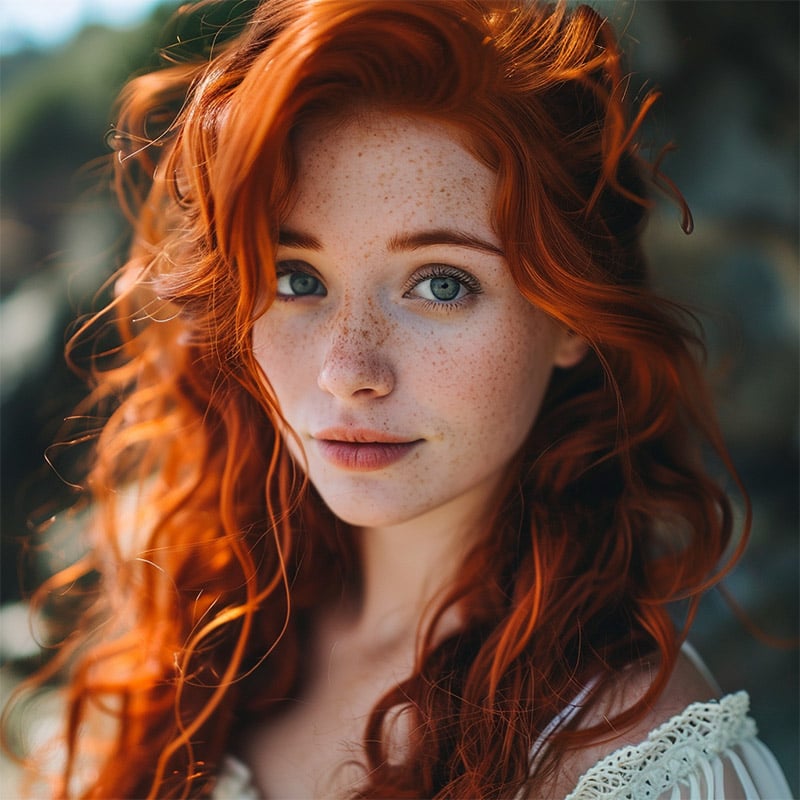
Ariel’s iconic allure, is a feat of balancing fantasy and photorealism. Ariel’s transformation highlights AI’s deep learning capabilities, which analyze millions of human features and artistic styles to create an authentic, lifelike image.
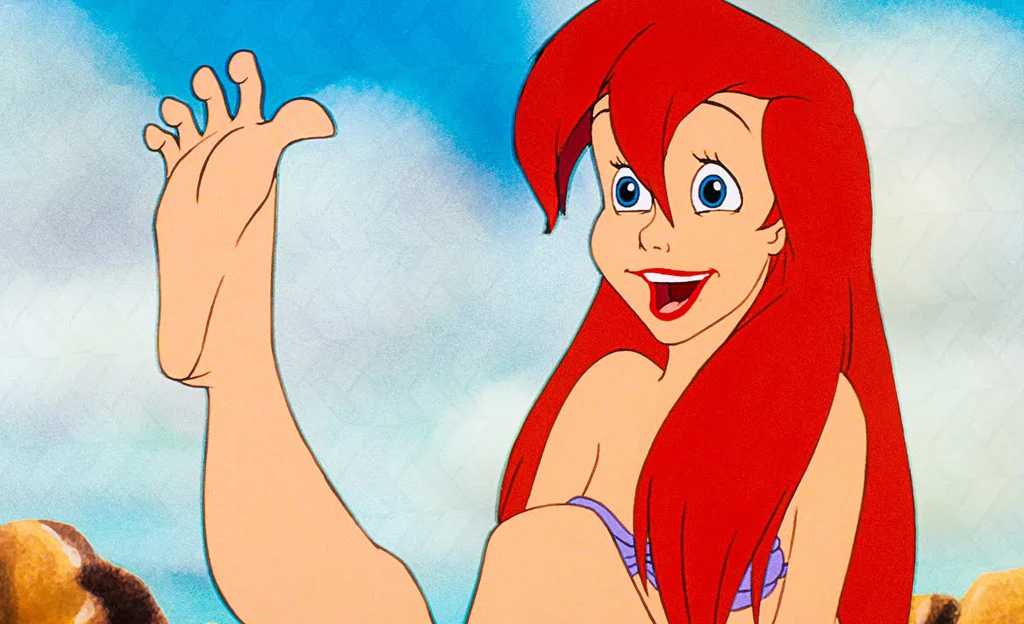
It’s a perfect example of how artificial intelligence synthesizes creativity with technical precision.
2. King Triton
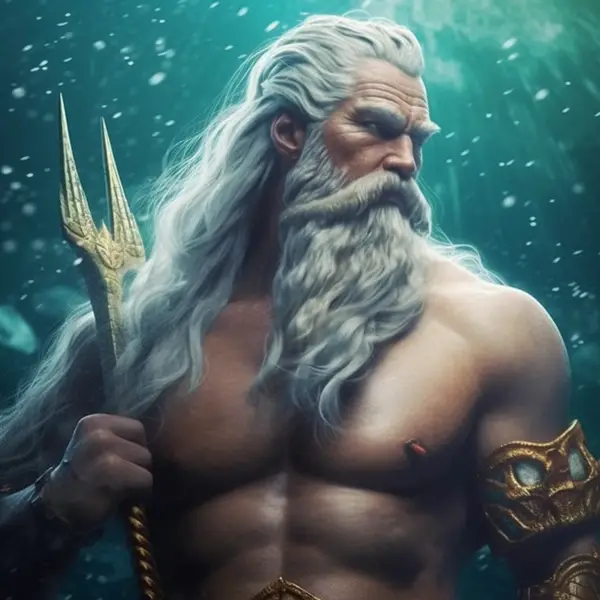
Recreating King Triton required the AI to model not just a human face, but a presence. His commanding gaze and flowing silver hair mirror the character’s power and regality. What’s remarkable is how the AI interpreted a cartoon beard, simplifying it into a majestic, lifelike texture.
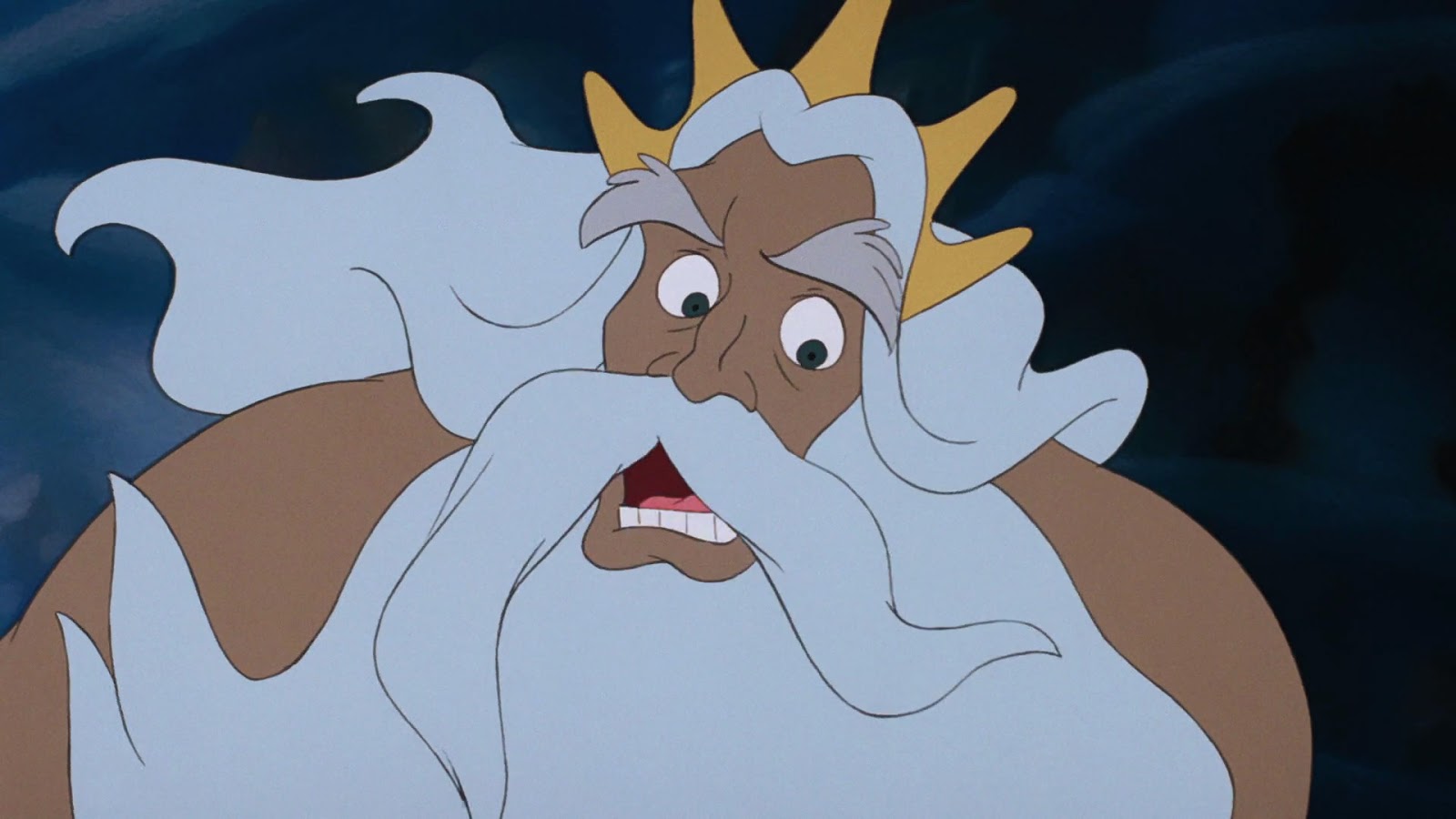
This showcases how advanced AI algorithms use “generative adversarial networks” (GANs) to refine texture details, effectively bridging the gap between exaggerated animation and authentic realism.
3. Elsa from Frozen
How does AI convert Elsa’s sharp, animated elegance into a believable human?
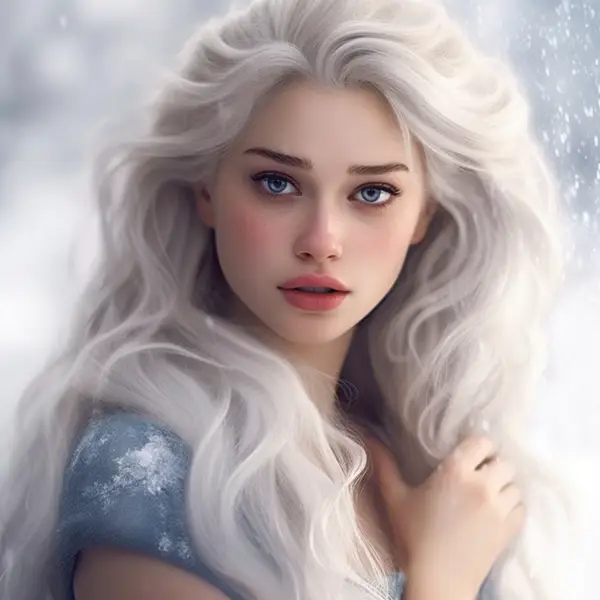
By focusing on her icy complexion and luminous features, the AI transforms the exaggerated proportions of animation into a blend of soft realism and wintery mystique.
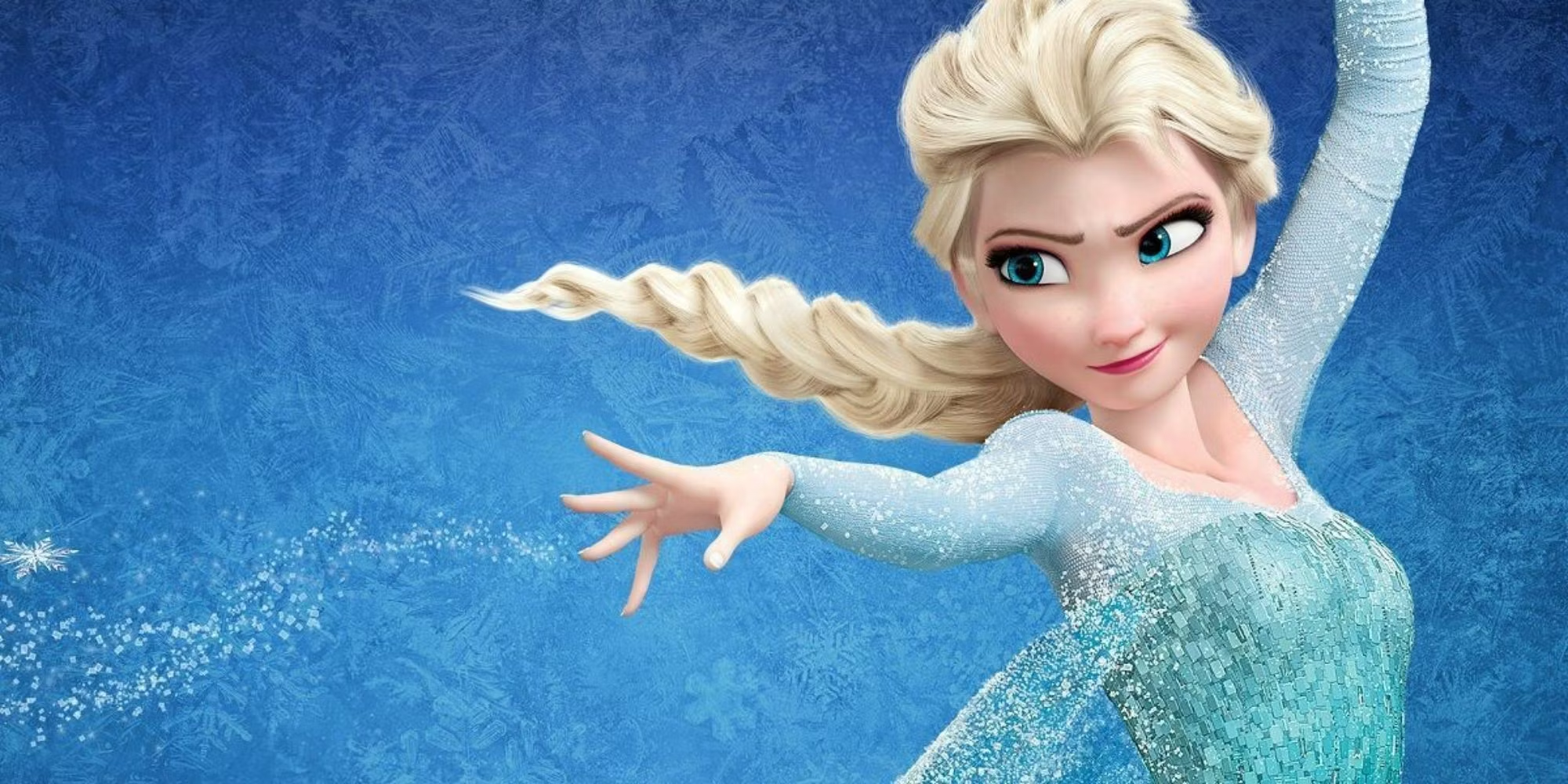
This process demonstrates AI’s ability to distill visual themes into specific traits—like cold tones and sparkling textures—resulting in a version that feels both magical and relatable.
4. Donald Duck
Donald Duck as a humanized duckling is a clever twist by AI. The difficulty lies in interpreting a purely animated, anthropomorphic figure and retaining its essence while adapting it to real-world biology.
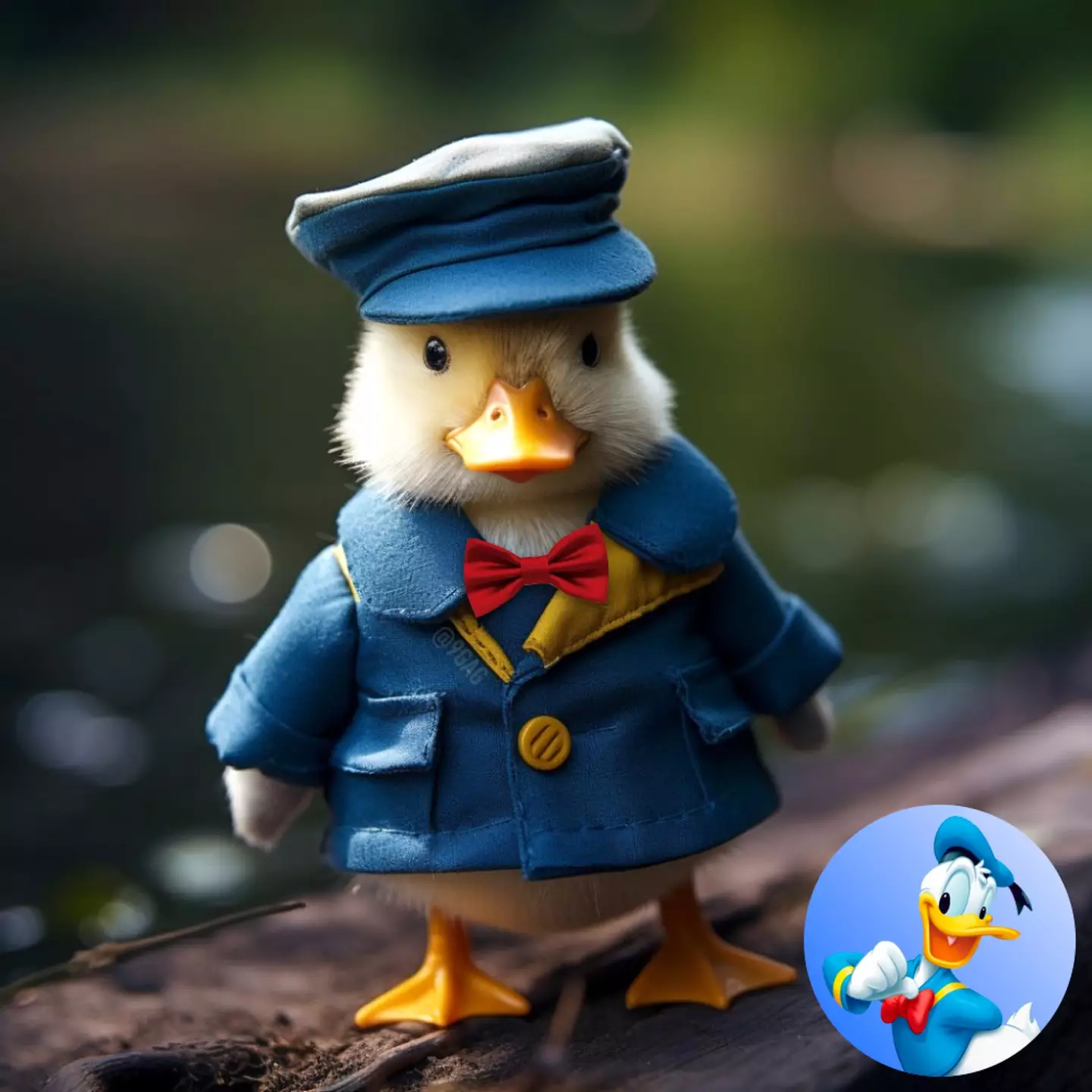
From the tailored jacket to the cheeky bowtie, every detail required the AI to blend human fashion with animal anatomy. This type of transformation showcases AI’s emergent creativity—a byproduct of extensive training data across species and styles.
5. Pocahontas
Pocahontas comes alive with incredible detail, her serene expression and earthy tones beautifully echoing her animated origins.
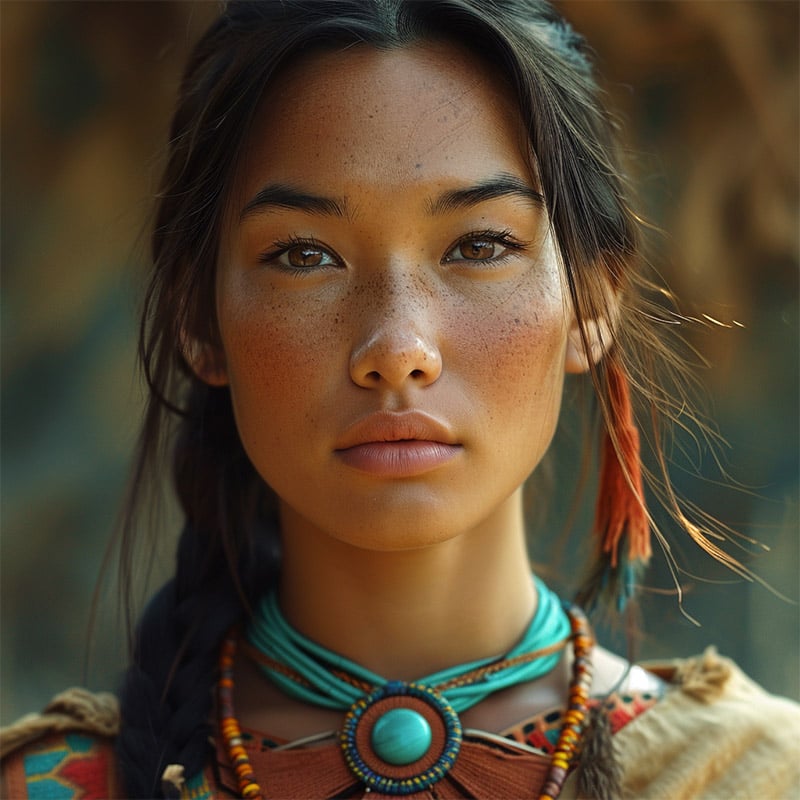
What’s fascinating is the AI’s ability to preserve the cultural authenticity of her character. By analyzing historical references and indigenous art styles, the system enhances the realism of her clothing and jewelry.
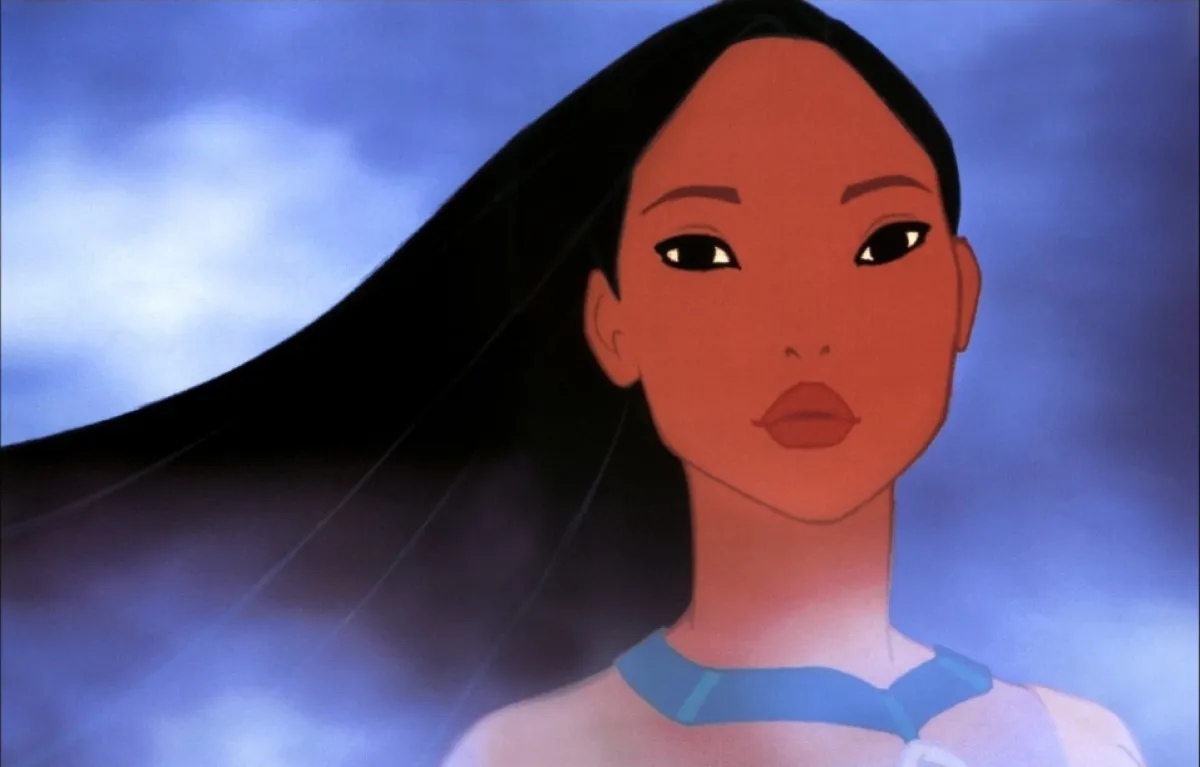
This demonstrates AI’s nuanced approach in representing diversity and heritage while remaining faithful to character identity.
6. Remy from Ratatouille
Creating a realistic chef rat might seem impossible, yet here it is—a fuzzy, expressive Remy in a tiny chef’s hat.
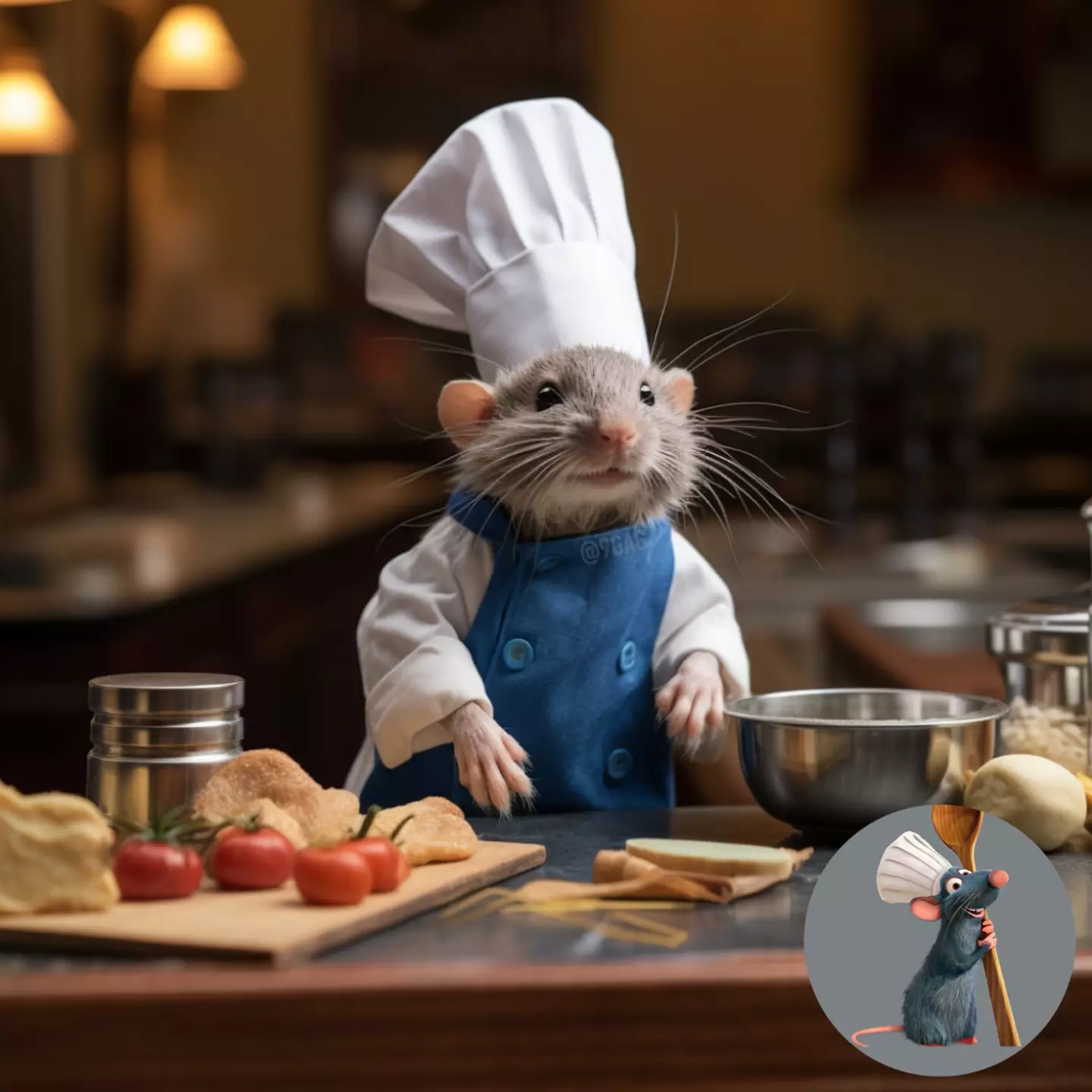
The AI’s accomplishment lies in blending hyper-realistic fur textures with human expressions, such as curiosity and determination. This required highly detailed datasets of rodents and humans, merged through algorithms that identify overlapping emotional markers. Remy’s depiction underscores AI’s versatility in synthesizing biological and emotional realism.
7. Snow White
With her timeless beauty, Snow White’s transformation into reality highlights AI’s precision in recreating classic fairy-tale aesthetics.
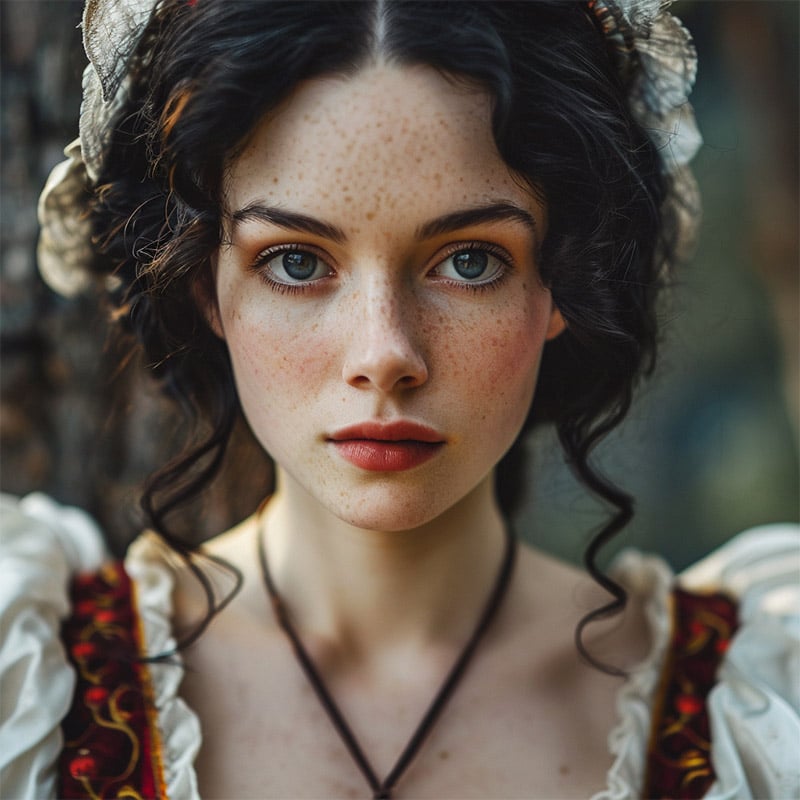
Her porcelain skin, soft freckles, and vintage costume evoke the character’s charm while situating her firmly in our world.
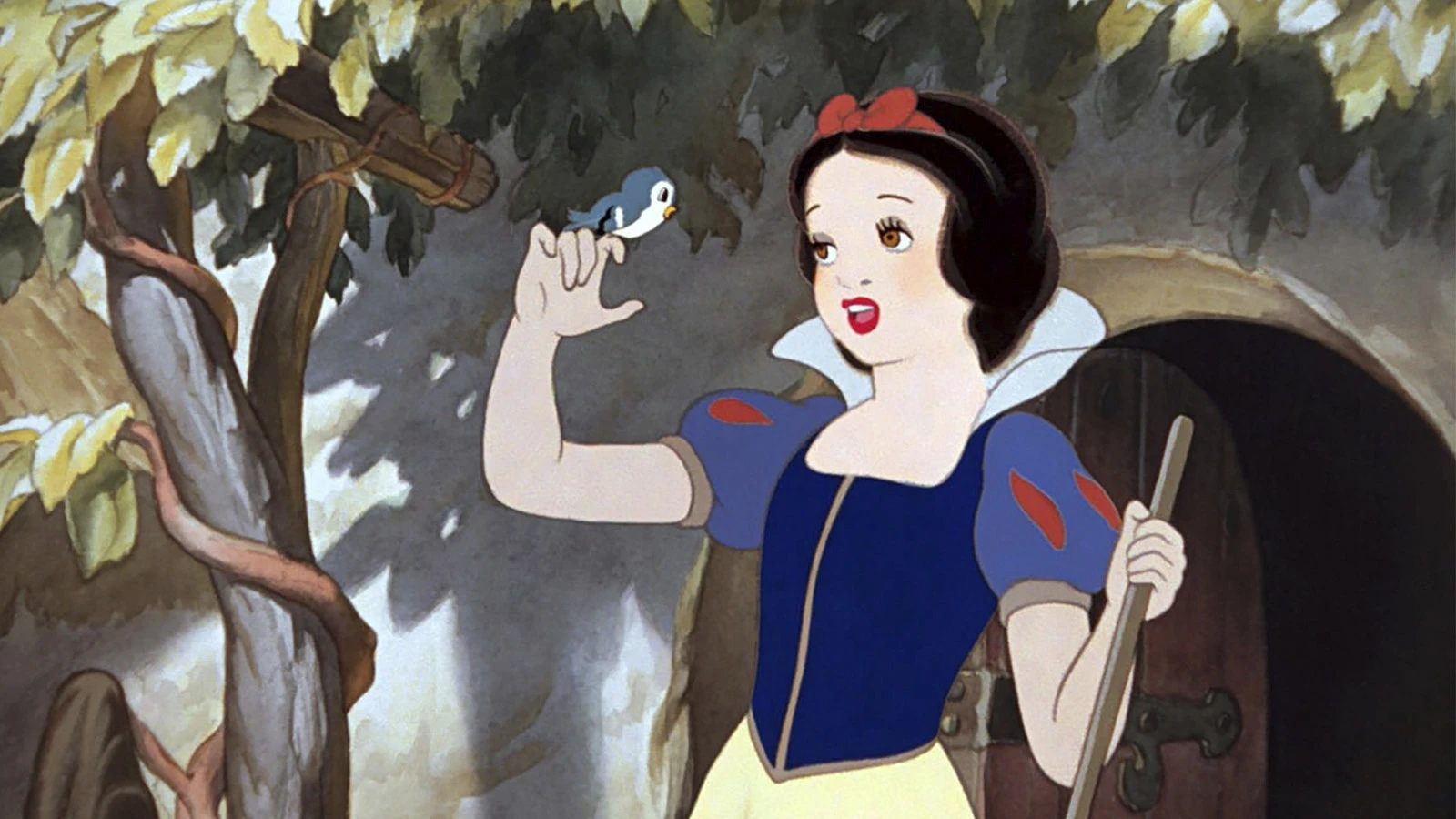
The AI’s ability to convey innocence and historical nostalgia simultaneously is a testament to its contextual awareness when working with layered cultural and visual inputs.
8. Yosemite Sam
Yosemite Sam’s larger-than-life personality gets an equally bold human makeover.
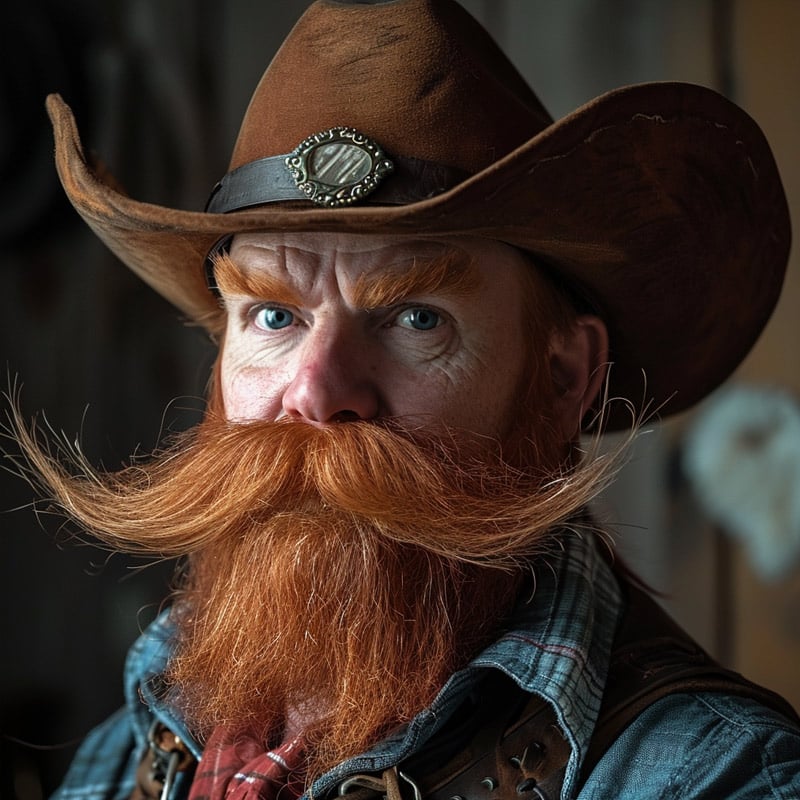
His exaggerated features, like the oversized mustache, are carefully translated into believable human proportions while keeping his iconic energy intact.
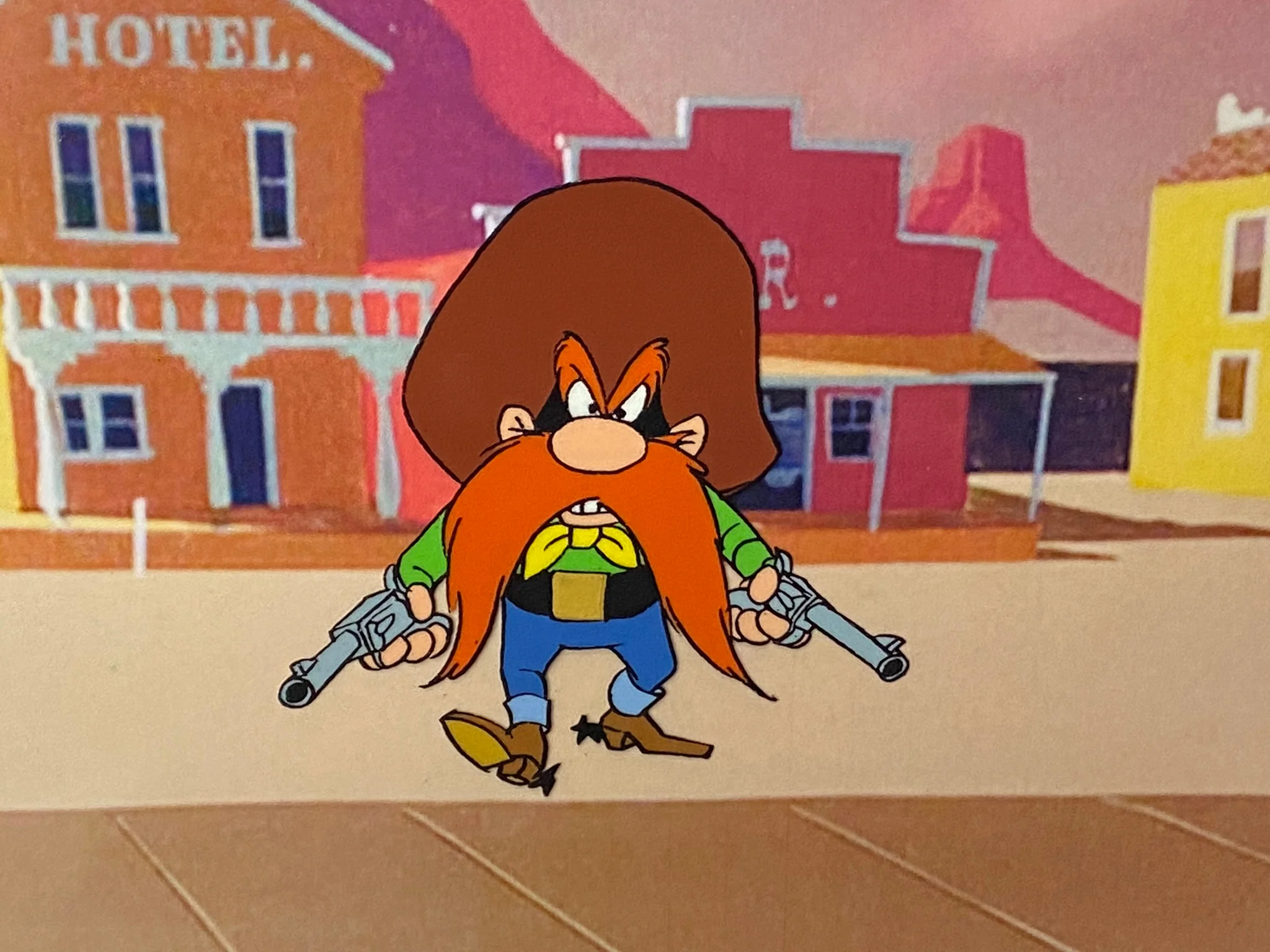
The AI’s interpretation likely involved iterative adjustments in texture and geometry, making use of GANs to push the boundaries of facial structure realism without losing the original’s essence.
9. Captain Hook
This AI rendition of Captain Hook breathes life into the iconic pirate, making him both fearsome and charismatic.
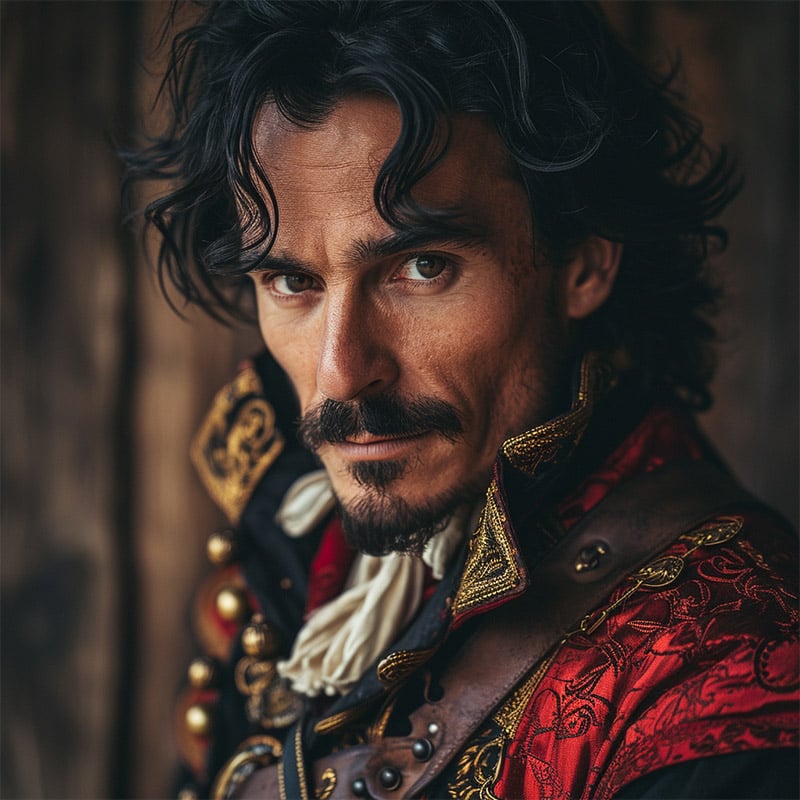
His piercing gaze and sharply contoured features reflect his cunning and ambition, while the ornate details of his crimson coat and golden embellishments showcase his flair for drama.
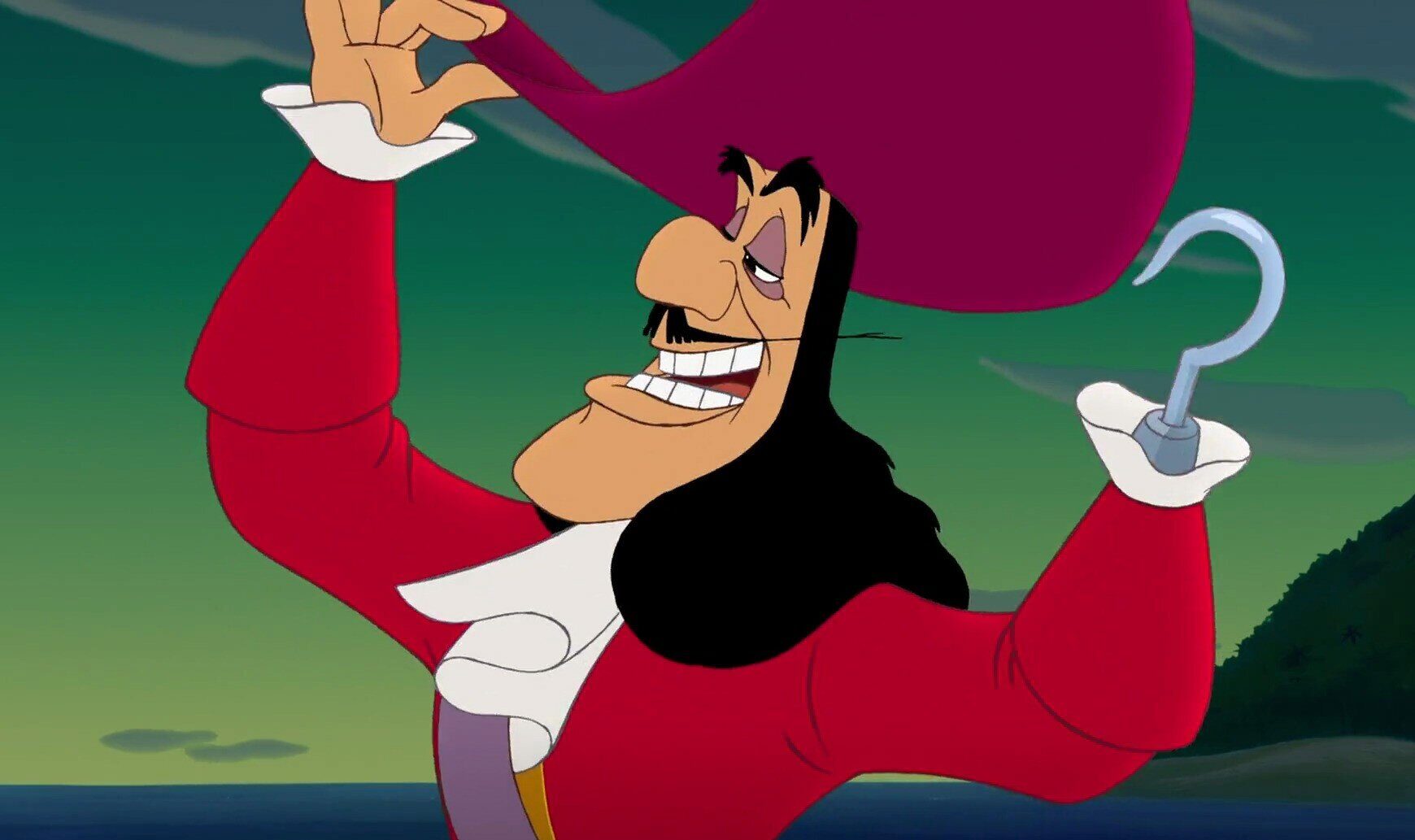
This Hook is less of a cartoonish villain and more of a swashbuckling rogue, a man whose charm is matched only by his ruthless determination. He’s a figure who commands respect and intrigue, reminding us why he remains one of literature’s most compelling antagonists.
10. Peter Pan
Peter Pan’s AI transformation captures the timeless wonder of the boy who never grows up.
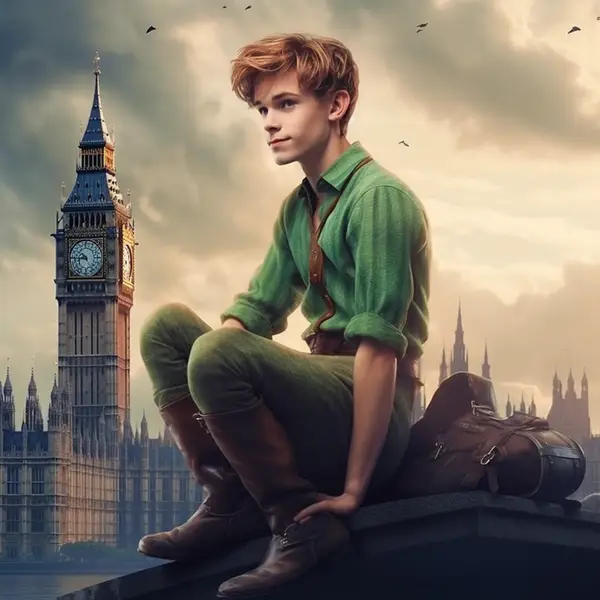
His windswept hair and mischievous smile evoke a sense of freedom and adventure, while his green tunic and leather boots ground him in his Neverland origins; a child of whimsy caught between two worlds.
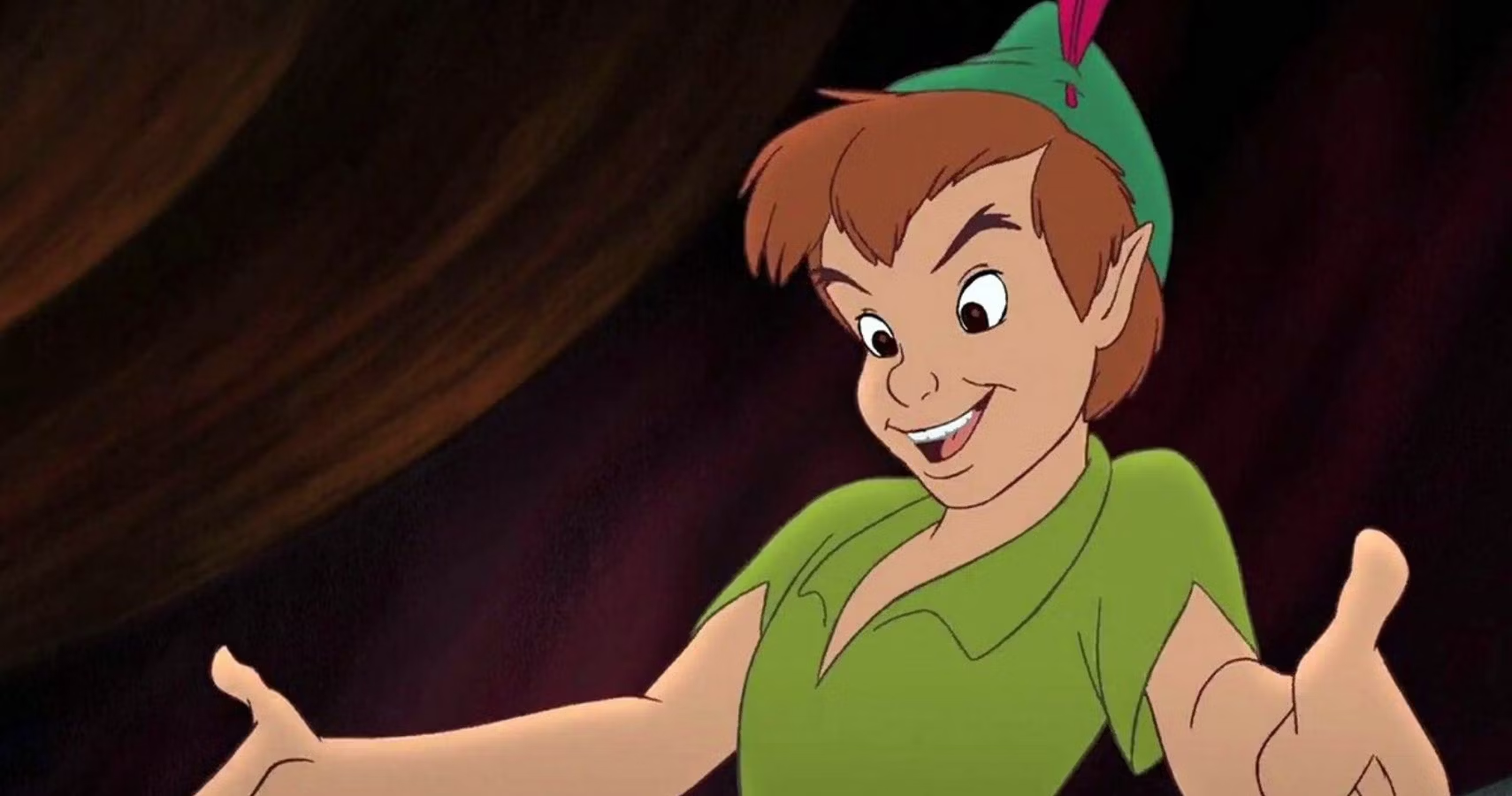
This Peter Pan feels like the embodiment of youthful curiosity, a figure who dares us to dream beyond the ordinary.
11. Tinkerbell
Tinkerbell’s real-life rendition radiates ethereal beauty and magic.
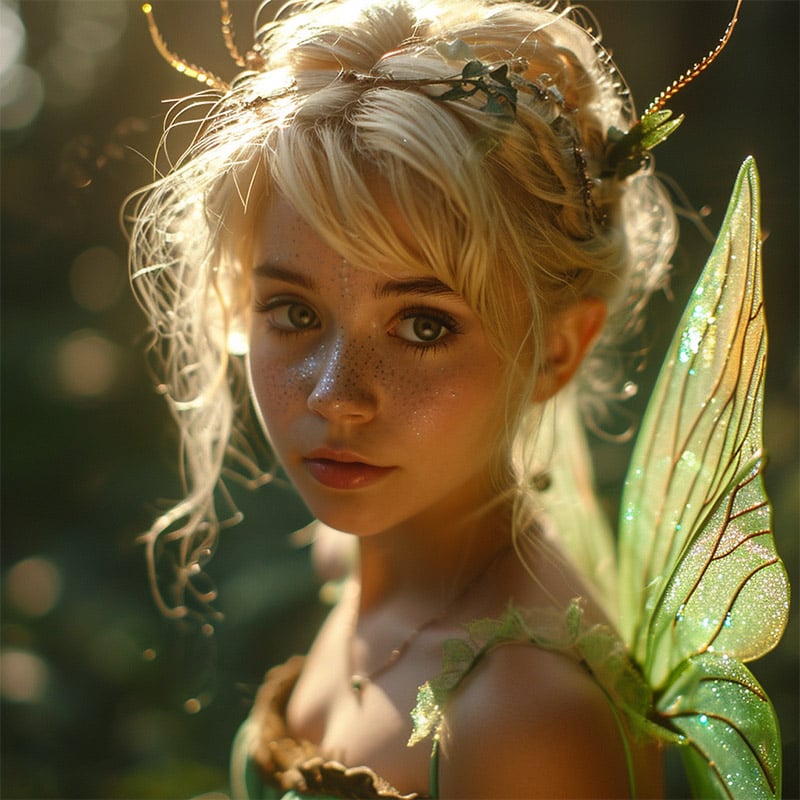
Her delicate features are illuminated by the soft glow of her translucent wings, which shimmer with iridescent light. The freckles scattered across her face add a touch of humanity to her otherworldly presence, while her golden hair and floral accents emphasize her connection to nature.
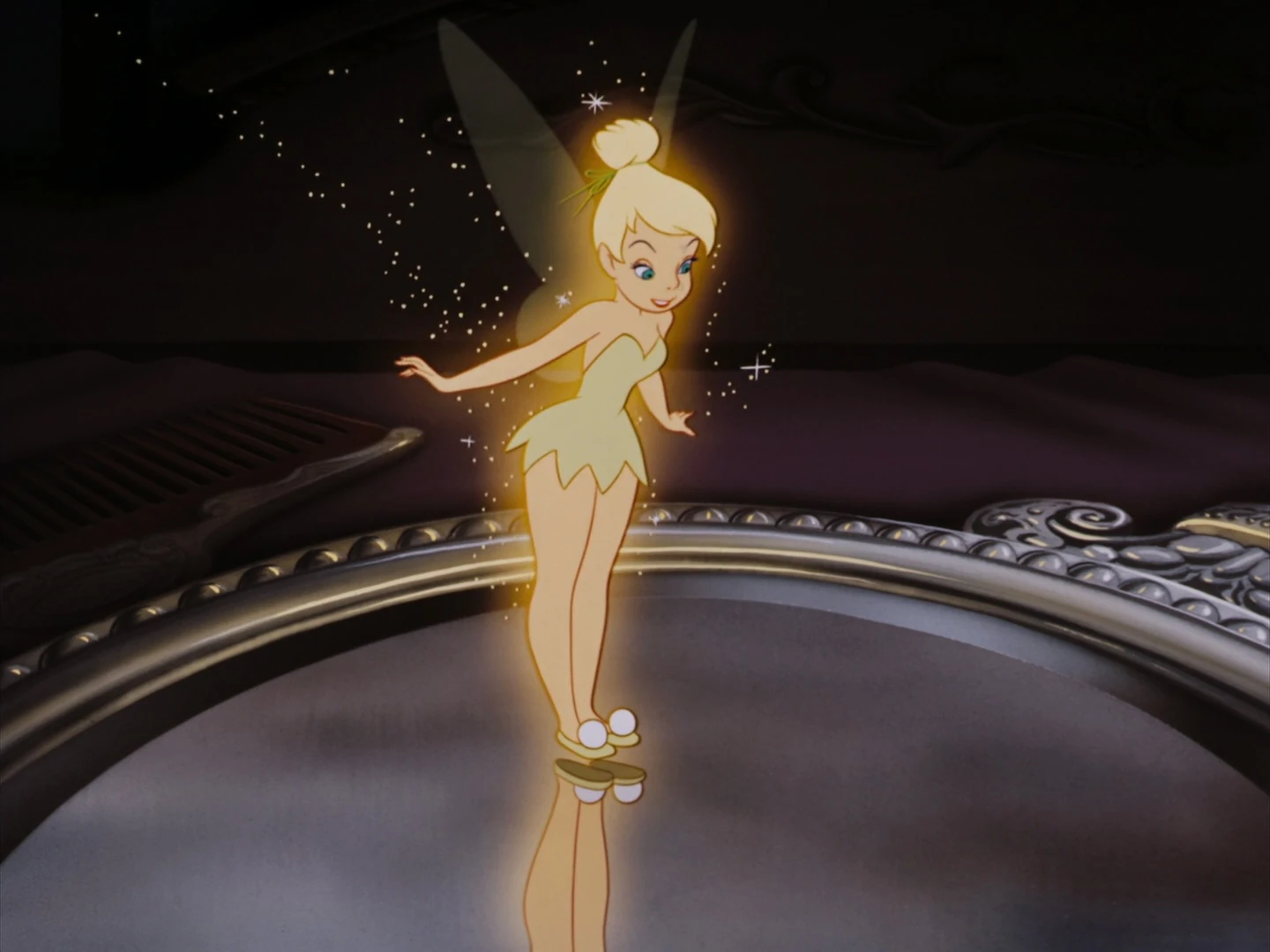
This Tinkerbell feels both fragile and powerful, a tiny force of light who embodies the spirit of belief and imagination that defines Neverland.
13. Gaston
Gaston’s transformation into real life amplifies every aspect of his over-the-top bravado.
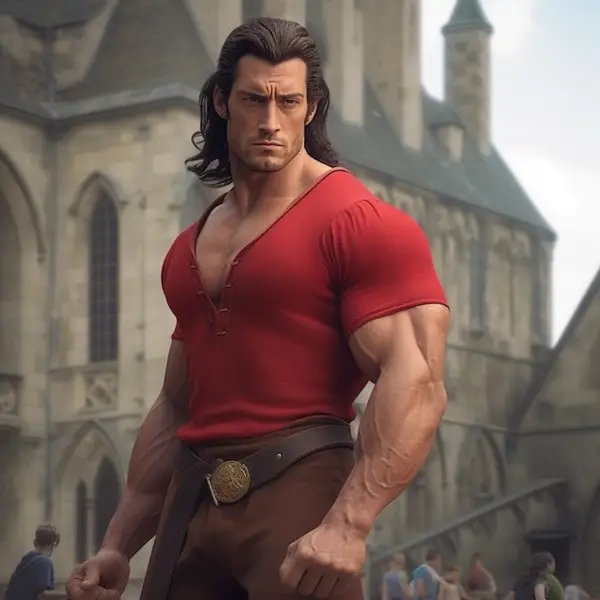
His towering physique, broad shoulders, and chiseled jawline feel ripped straight out of a fantasy, while his fiery gaze and confident smirk perfectly embody his arrogant charm.
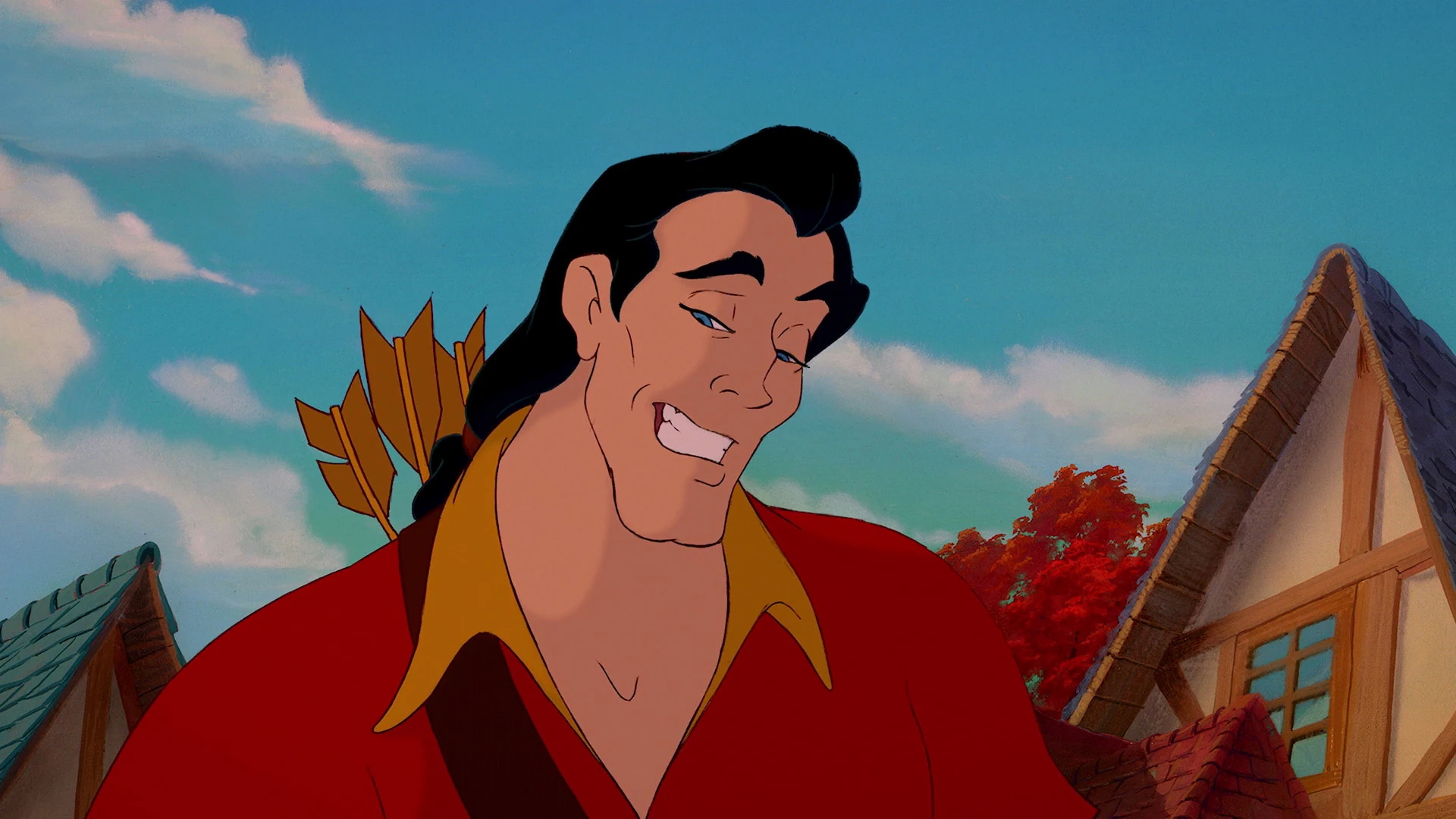
The red tunic, tight across his muscular frame, emphasizes his larger-than-life presence. This Gaston is both captivating and intimidating—a man whose appearance demands attention and whose attitude guarantees it.
14. Belle
Belle’s AI-rendered portrayal radiates intelligence and grace.
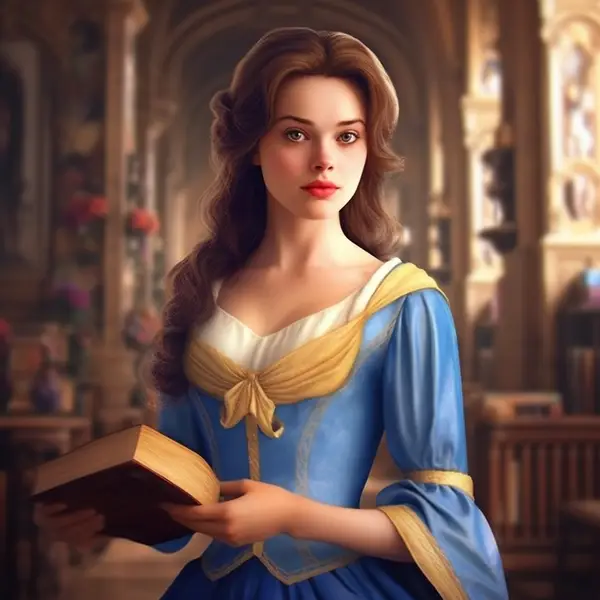
Her soft brown curls cascade naturally over her shoulders, framing a face marked by curiosity and thoughtfulness. Dressed in her iconic blue gown, she stands poised in a grand library, her love for books and learning evident.

This Belle feels modern yet timeless, a woman whose beauty is as profound as her intellect and whose warm gaze invites you into her world of wonder.
15. Popeye
Popeye’s real-life rendition is rugged and full of character.
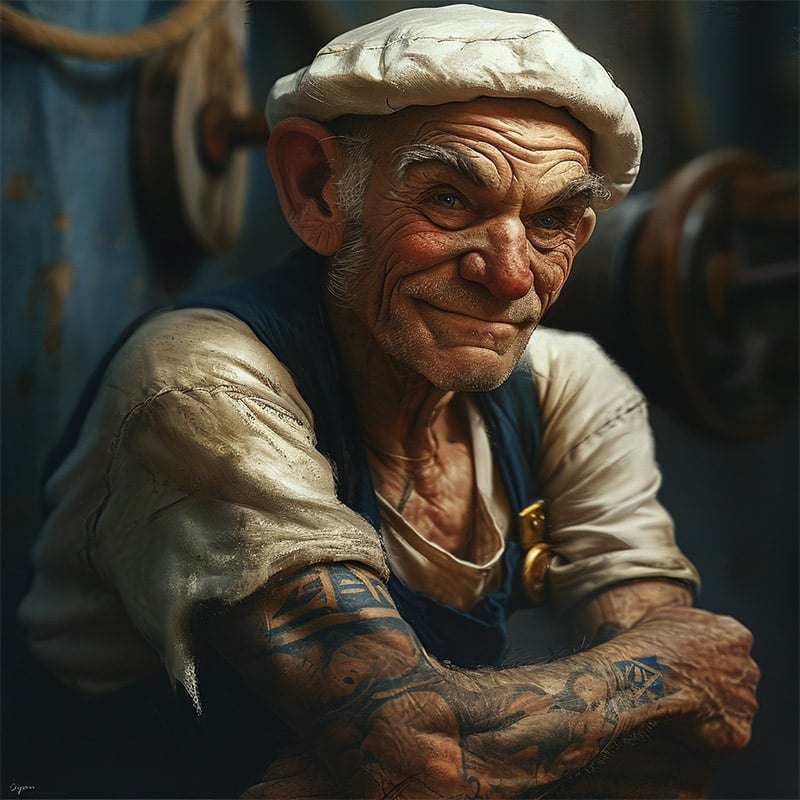
His weathered skin, muscular arms covered in tattoos, and ever-present pipe protruding from his mouth exude the toughness of a man who’s spent a lifetime at sea.
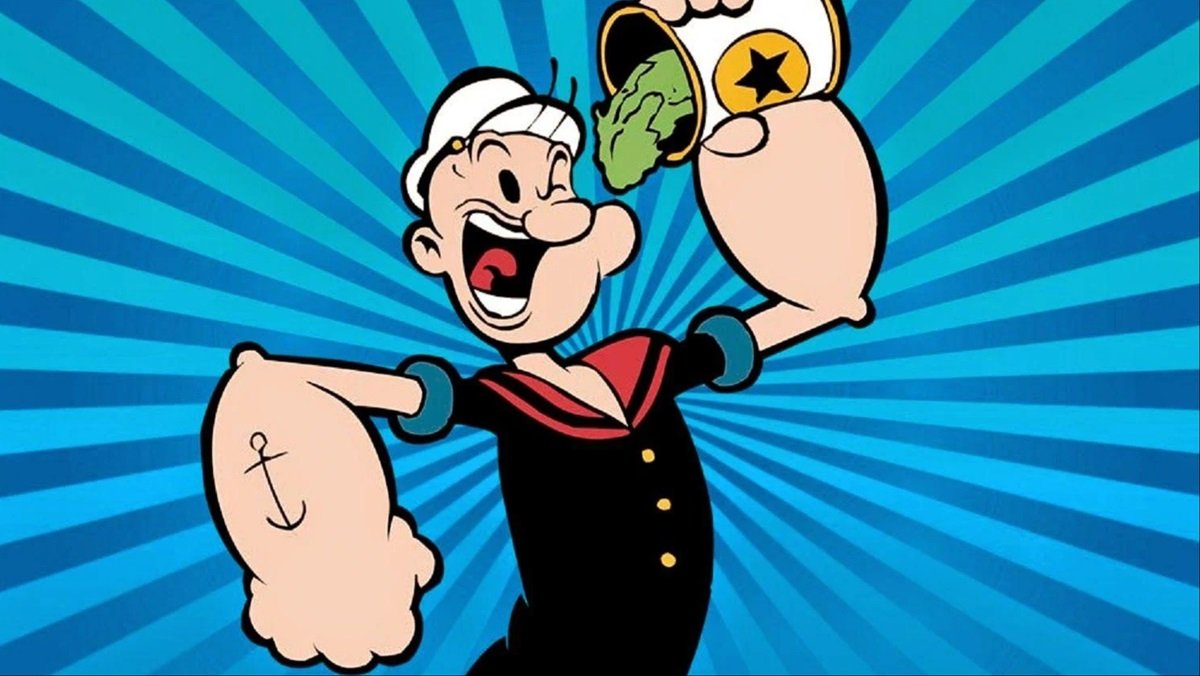
Yet, his knowing smile and twinkle in his eye reflect his good heart and unyielding determination. This Popeye is a testament to grit and perseverance, a man you’d trust in any storm.
16. Olive Oyl
Olive Oyl’s transformation highlights her quirky elegance.
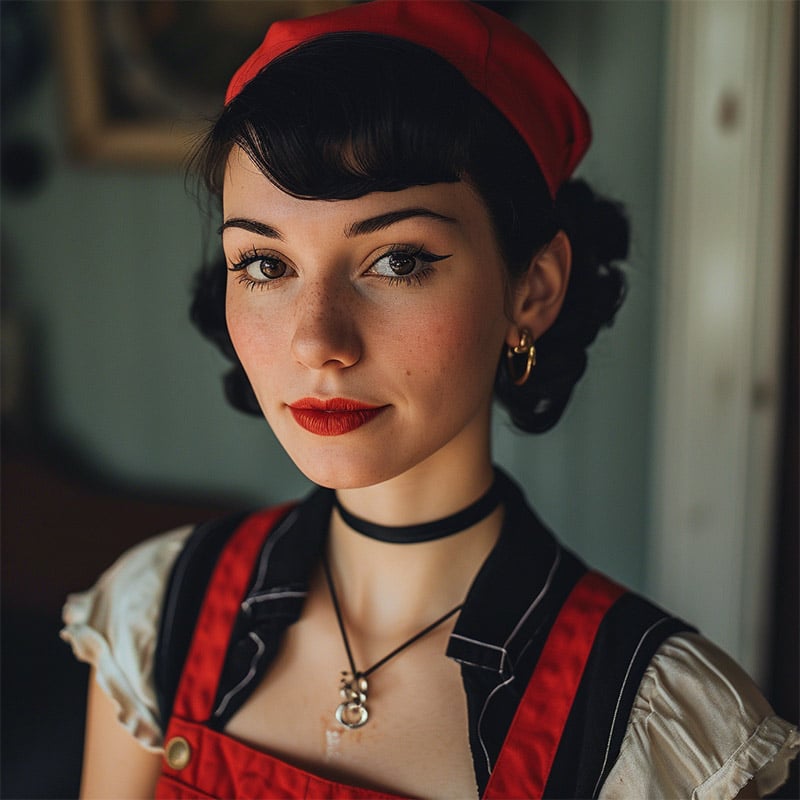
Her slender frame, bright red lips, and expressive eyes capture her iconic look, while the modern detailing of her outfit gives her a vintage-meets-contemporary feel.
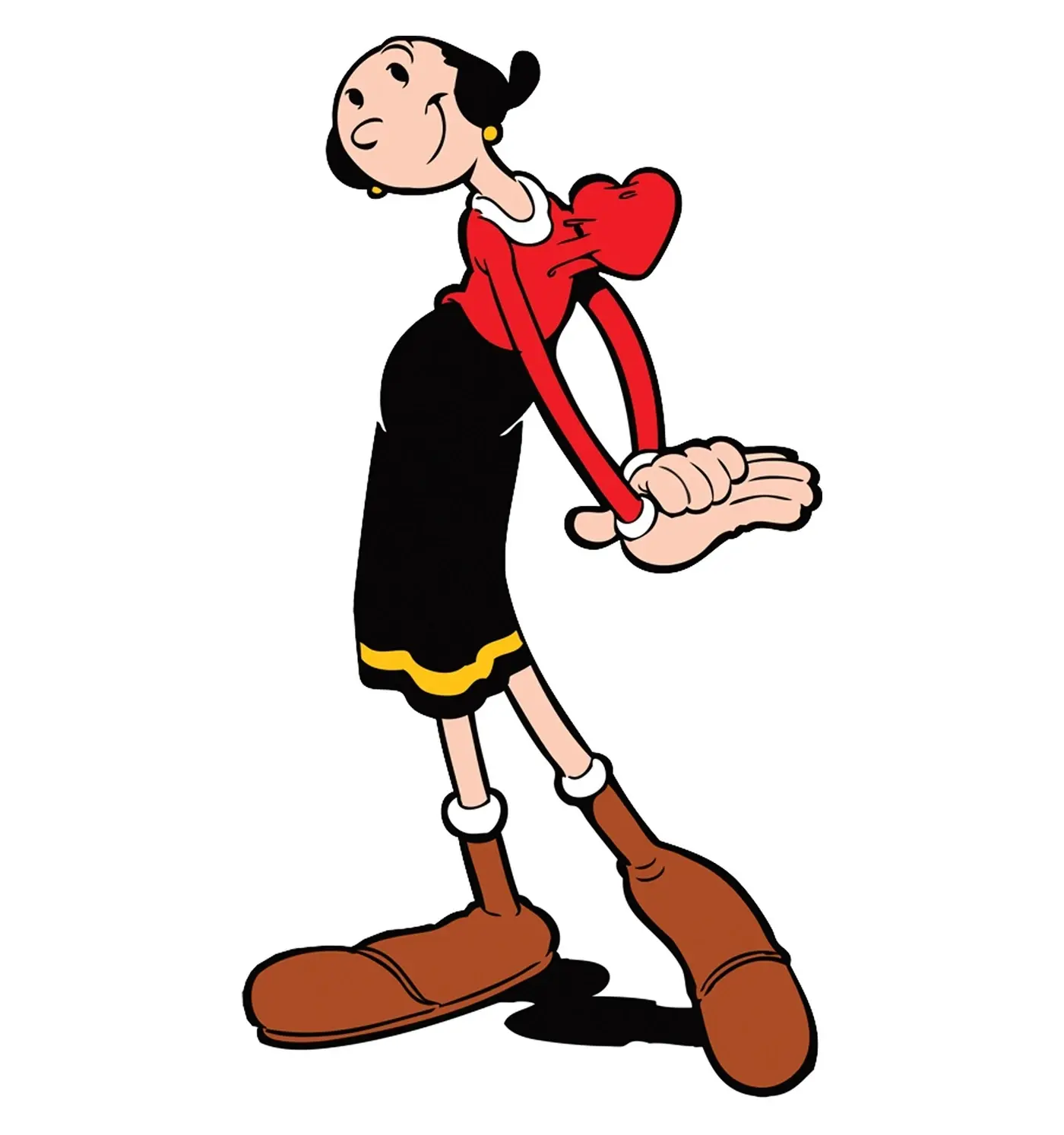
She exudes a whimsical charm that makes her instantly recognizable and irresistibly unique, embodying the timeless appeal of her character.
17. Shaggy & Scooby-Doo
Shaggy’s AI depiction retains all his signature slacker vibes while grounding him in realism.
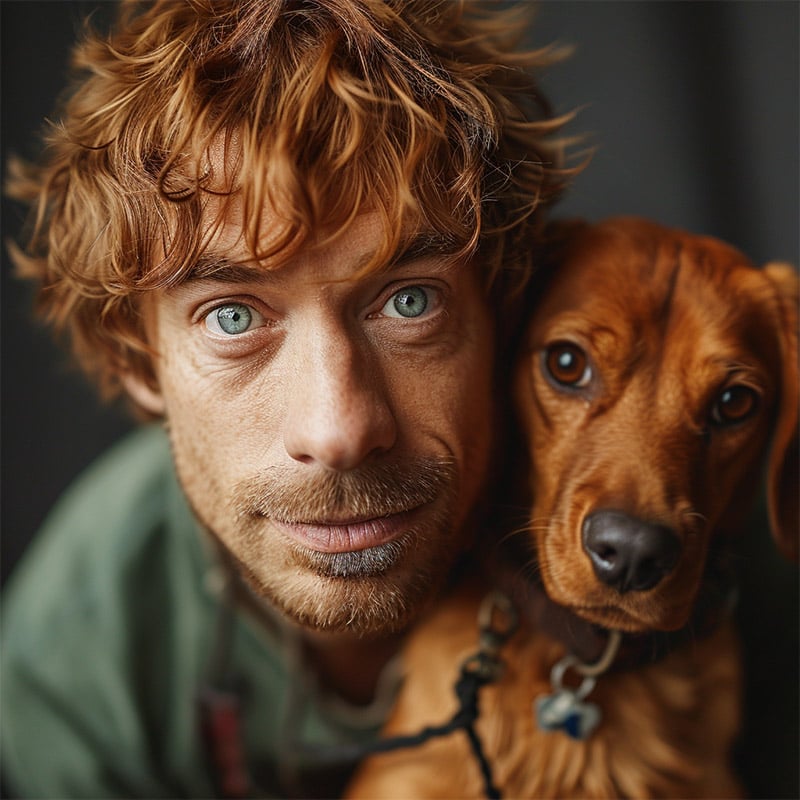
His messy hair, slightly scruffy face, and casual attire evoke the look of a modern-day adventurer who’s always ready for a Scooby snack.
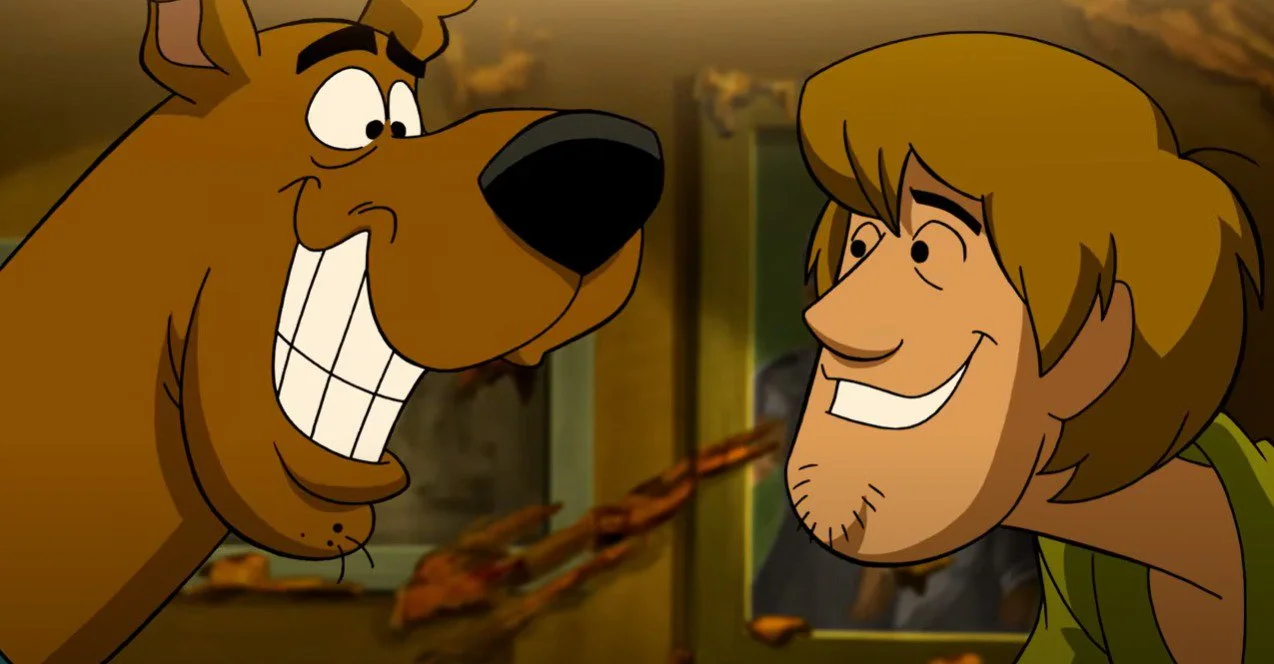
His wide-eyed expression reflects a mix of curiosity and caution, making him the perfect companion for any mystery-solving escapade.
18. Velma
Velma’s real-life portrayal perfectly encapsulates her sharp intellect and understated charm.
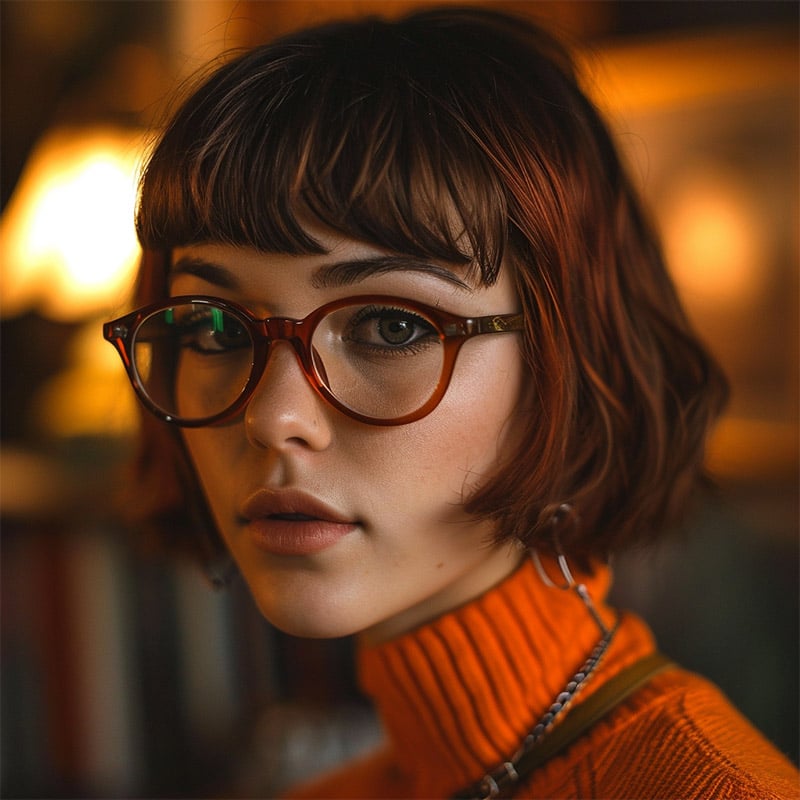
Her bobbed hair and iconic orange turtleneck give her a retro yet modern vibe, while her glasses add a touch of academic sophistication.
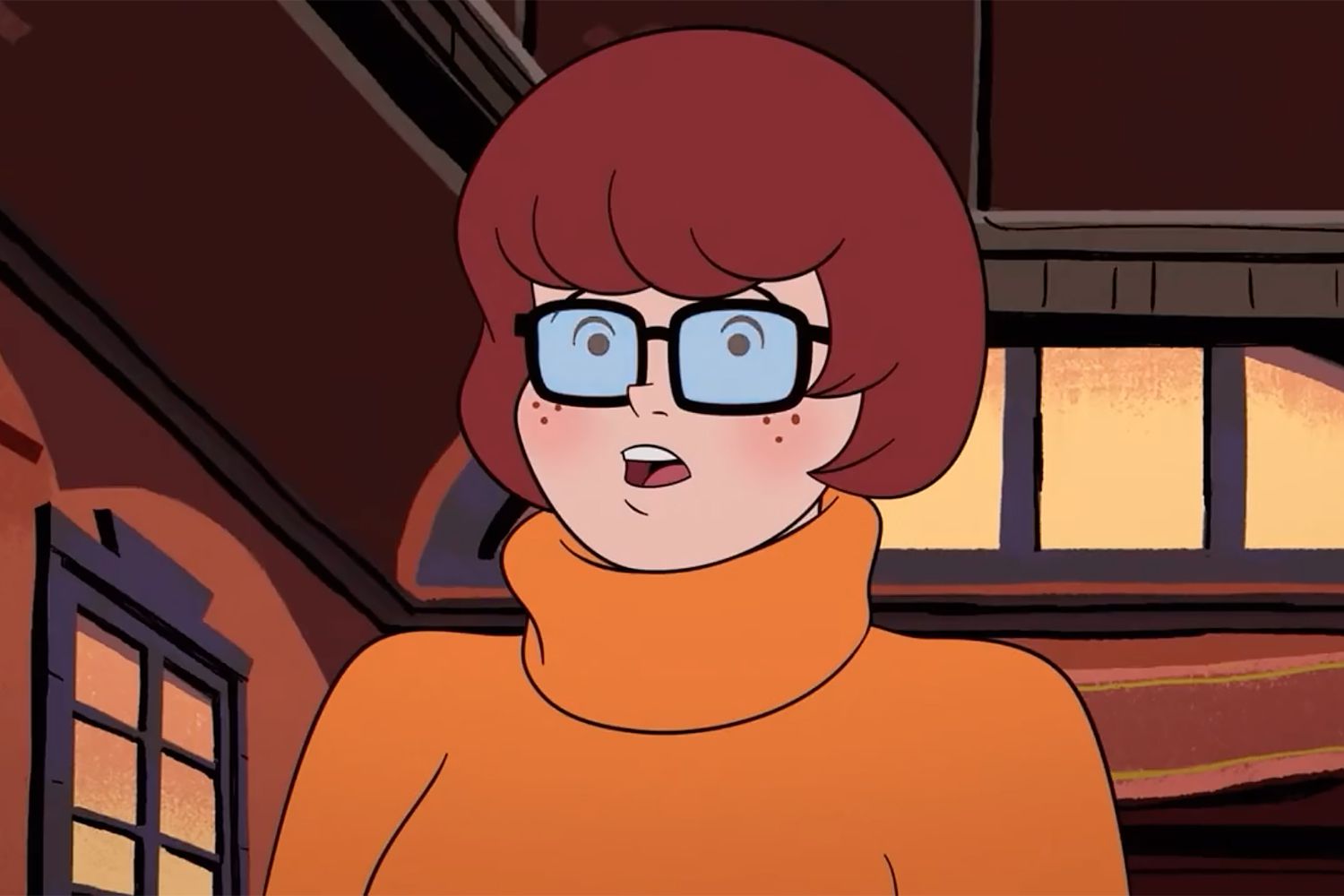
Her inquisitive gaze hints at her quick thinking and problem-solving abilities, making her feel like the brains behind any operation.
19. Homer Simpson
Homer Simpson’s rugged realism brings depth to his otherwise comedic persona.
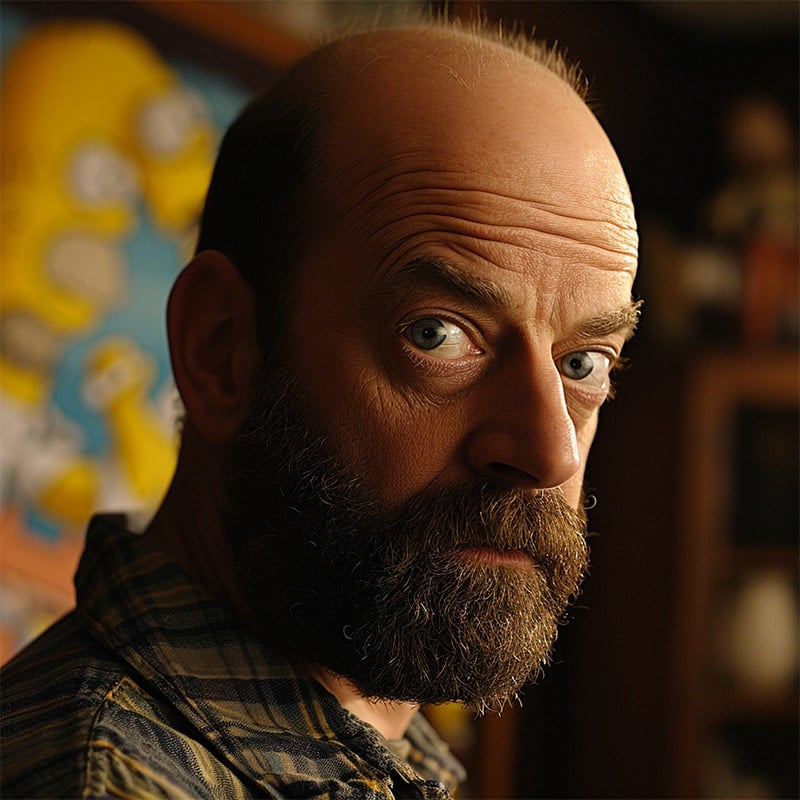
His balding head, thick beard, and piercing eyes give him a grounded, humanized look, while his plaid shirt adds a touch of casual familiarity.
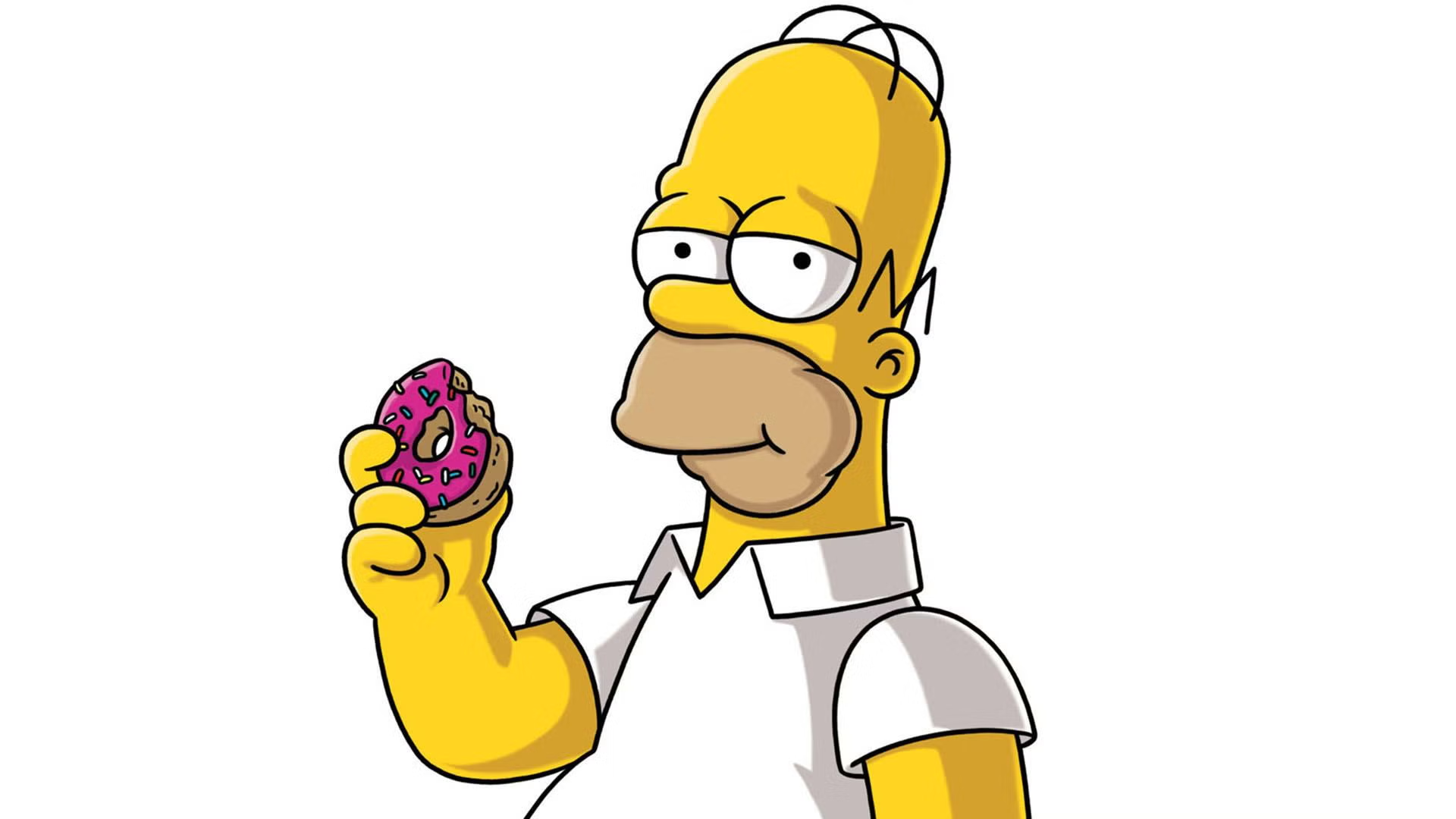
This Homer feels like someone you’d meet at a local diner, cracking jokes over a beer, yet carrying the weight of life’s challenges with a subtle charm.
Can you Guess who These Seven AI-Generated Characters are?
This retro-modern beauty is brought to life with her iconic curly hair, dramatic eyeliner, and soft red lips. Her lively expression and arched brows are a perfect blend of 1930s animation and contemporary realism. She’s a true embodiment of timeless charm.
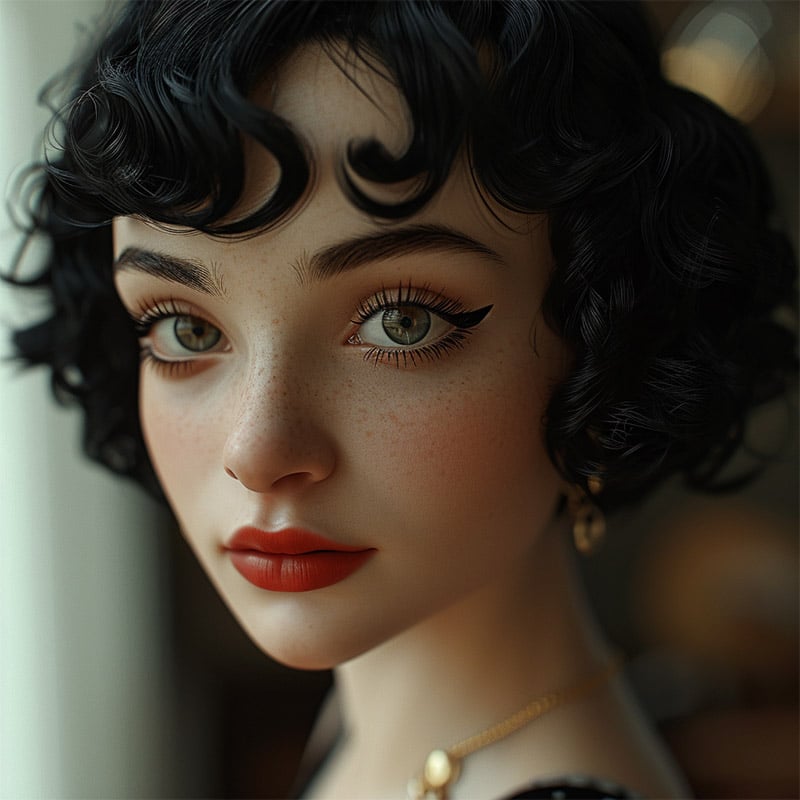
Answer: Betty Boop
Network & Time Period: Betty Boop originated as a character in Max Fleischer’s animated shorts, first appearing in Dizzy Dishes in 1930. These shorts were distributed by Paramount Pictures during the Golden Age of Animation.
2. Who do you think this dynamic duo is?
With their spiky hair, exaggerated facial features, and punk-inspired aesthetic, these two have a look that’s instantly recognizable.
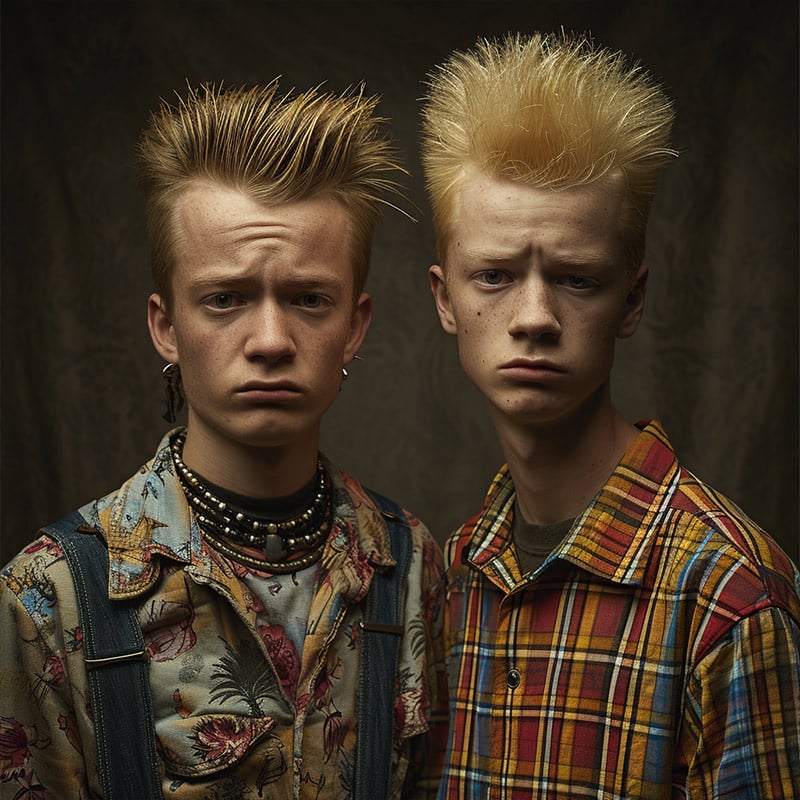
Answer: Beavis and Butthead
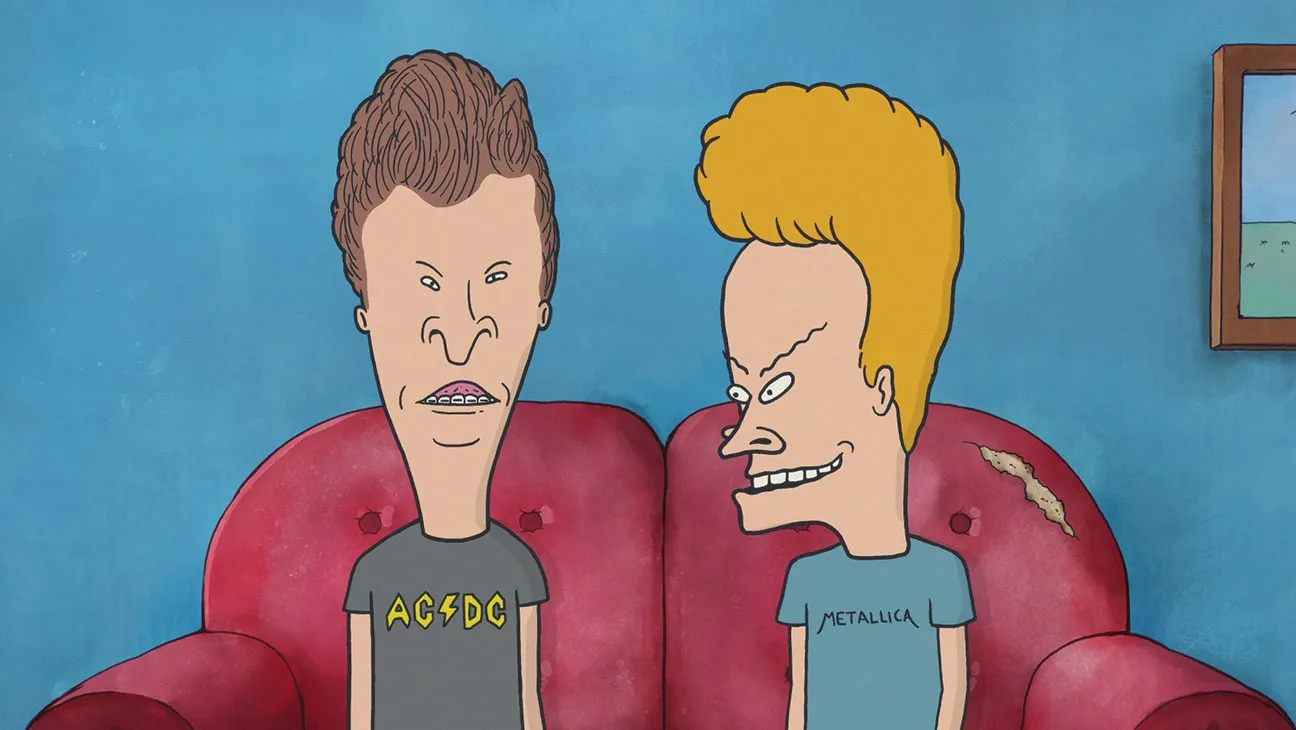
Network & Time Period: Beavis and Butthead aired on MTV, debuting in 1993. It became a defining show of the 1990s, known for its satirical take on pop culture and teenage absurdity.
3. Can you name this iconic redhead?
With her deep red hair, piercing gaze, and sultry allure, this glamorous figure is a lifelike recreation of a legendary character.
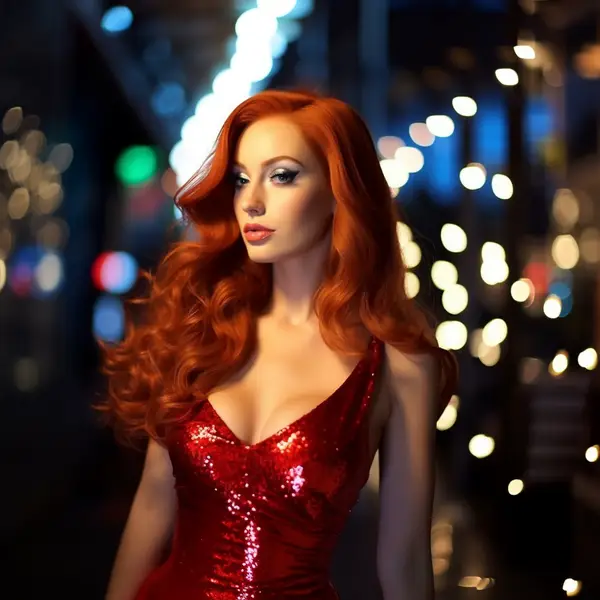
Answer: Jessica Rabbit
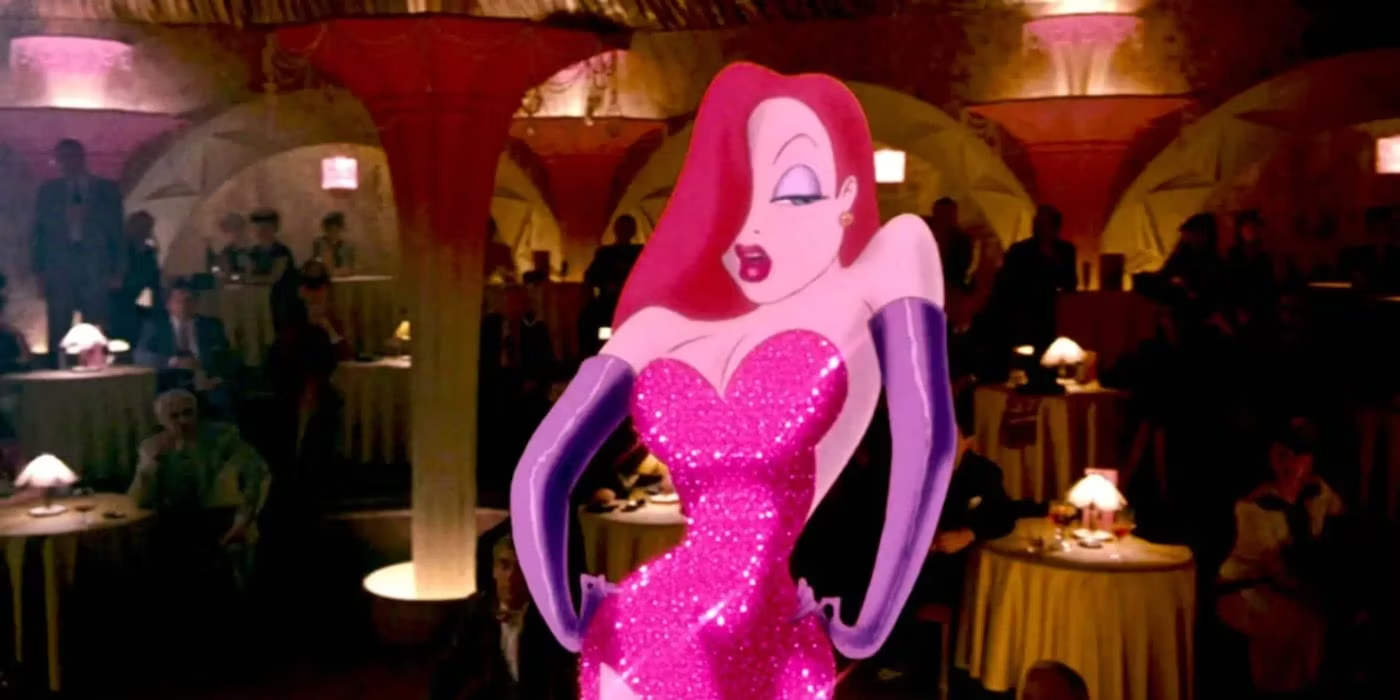
Network & Time Period: Jessica Rabbit appeared in Who Framed Roger Rabbit, a 1988 film produced by Disney and distributed under their Touchstone Pictures label. The character became iconic in late 1980s pop culture.
5. Guess this muscular, flamboyant figure!
With his sharp hairstyle, oversized muscles, and bold personality, this humanized version of a beloved cartoon character demands attention.
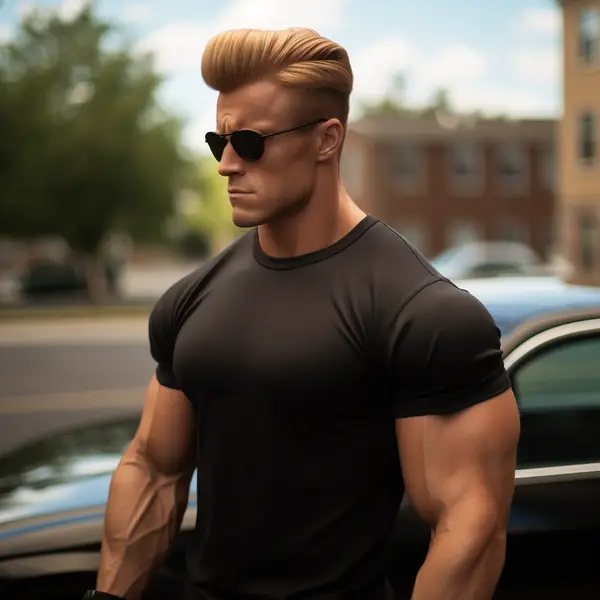
Answer: Johnny Bravo
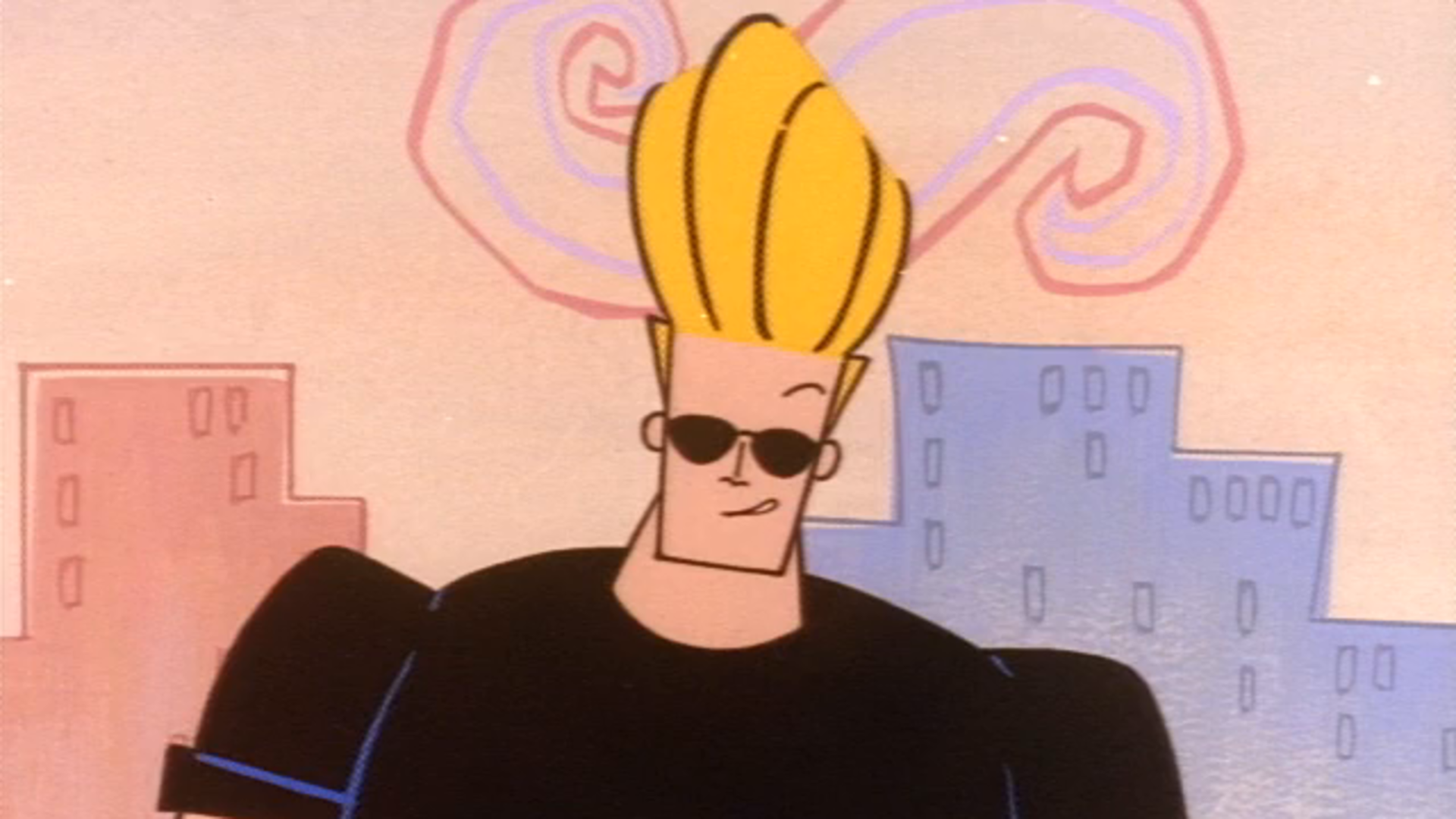
Network & Time Period: Johnny Bravo aired on Cartoon Network as part of its What a Cartoon! series, debuting as a standalone show in 1997. It became a hit during the late 1990s and early 2000s.
6. Can you guess this awkward yet lovable character?
With a calm expression, slightly disheveled style, and reserved demeanor, this photorealistic transformation perfectly captures the essence of a mild-mannered owner of a famous feline.
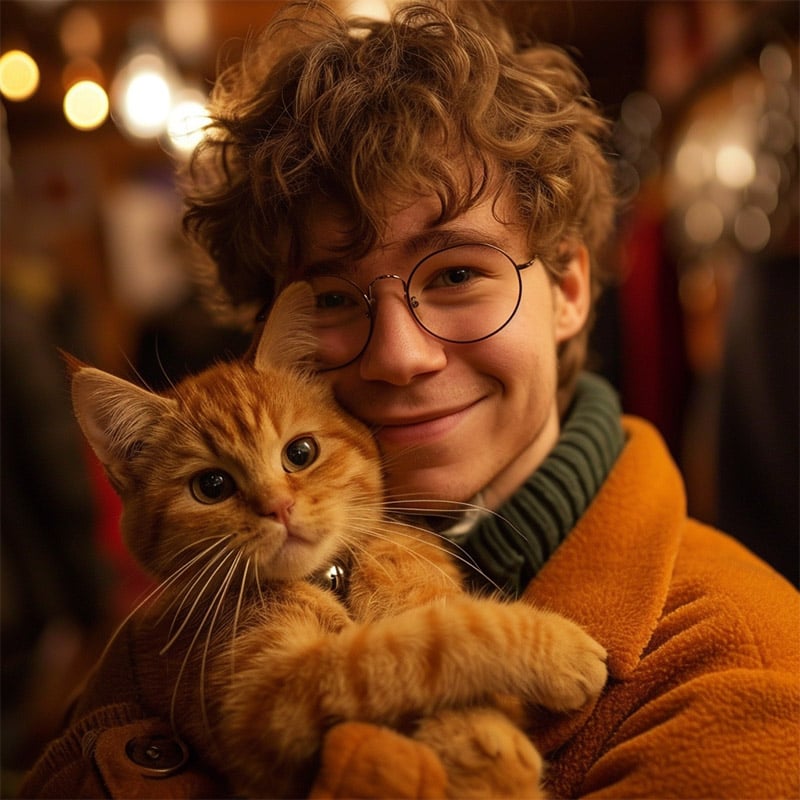
Answer: Jon Arbuckle (Garfield)
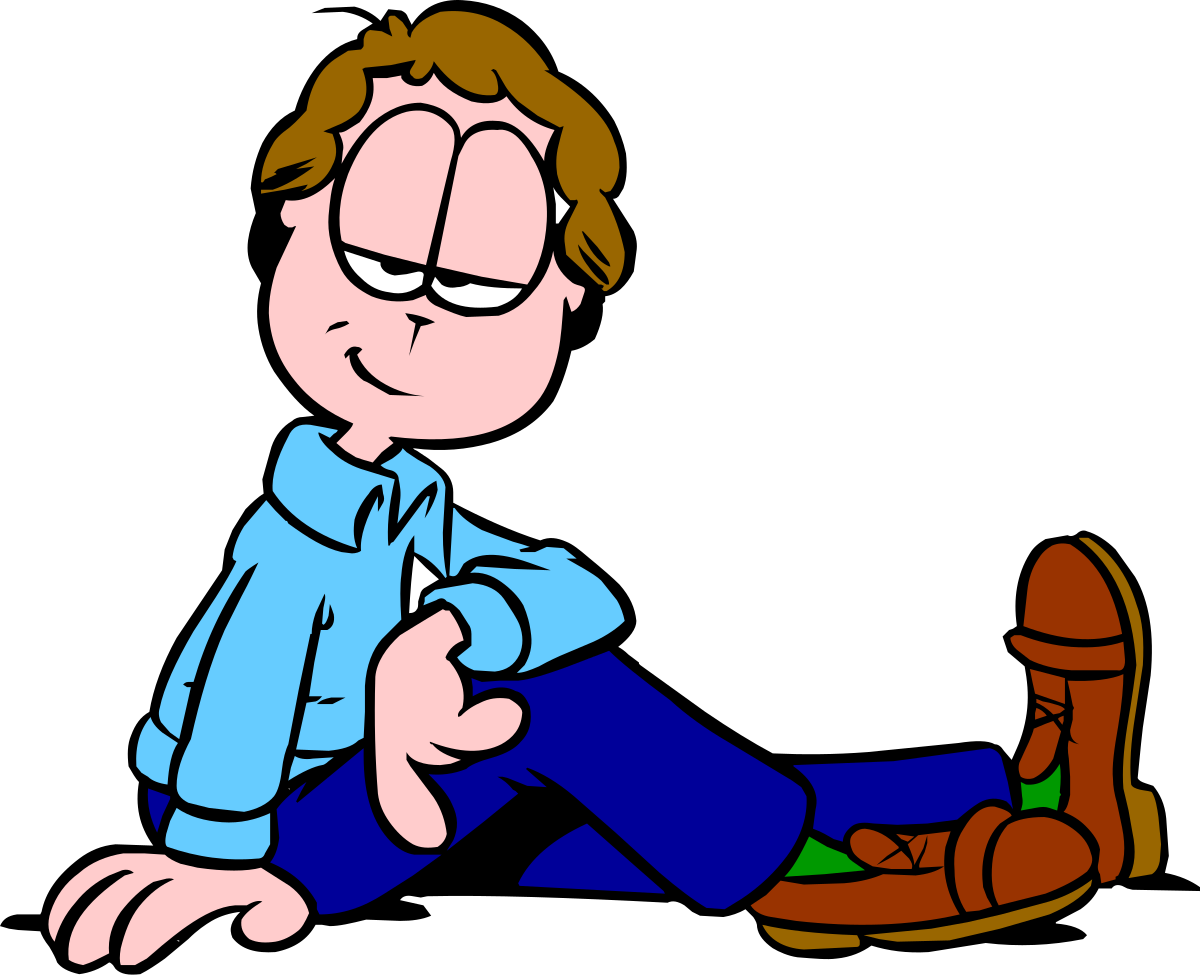
Network & Time Period: Jon Arbuckle is a central character from Garfield, which originated as a comic strip by Jim Davis in 1978. The animated series Garfield and Friends aired on CBS from 1988 to 1994.
7. Who is this mysterious femme fatale?
This sleek and elegant figure has sharp cheekbones, arched eyebrows, and noir-inspired fashion. Her poised look is balanced by a subtle menace that hints at her cunning personality.
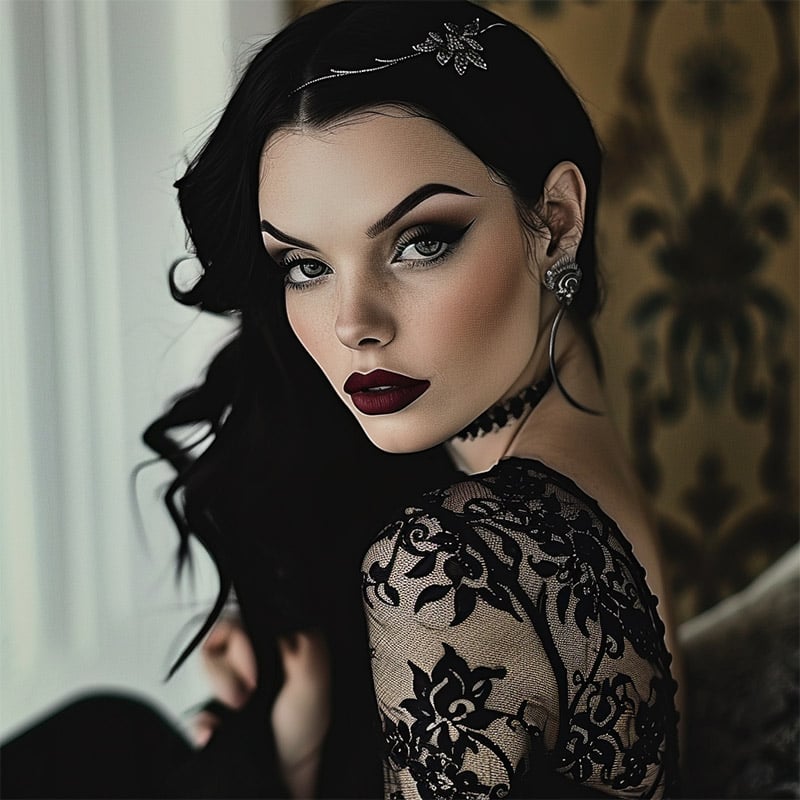
Answer: Natasha Fatale
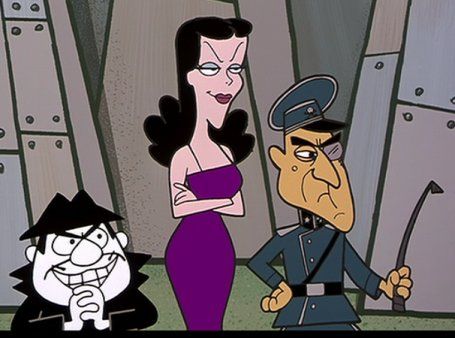
Network & Time Period: Natasha Fatale is a recurring antagonist from The Adventures of Rocky and Bullwinkle and Friends. The show aired from 1959 to 1964 on ABC and NBC during its run.
WHAT IF AI COULD CREATE ENTIRE CARTOON MOVIES?
What if AI could create new movies from your favorite cartoons, perfectly mimicking their style while adding fresh twists? Imagine new episodes of canceled shows, alternate endings, or mashups once thought impossible—AI as a collaborator, blending nostalgia with innovation.
FUTURAMA COMES TO LIFE IN VIDEO
What if AI reimagined Futurama? This video brings a stunning AI-crafted take on the iconic series, following Fry, Bender, and Leela in a whole new light.
WATCH AI BRING FUTURAMA TO LIFE
Together, they tackle wild adventures in a futuristic world reimagined by AI, blending the humor and chaos of Futurama into something fresh and groundbreaking.
Bender: The Robot Brought to Life
AI gives Bender a tangible edge, turning his metallic sheen, detailed joints, and mischievous grin into something eerily lifelike.
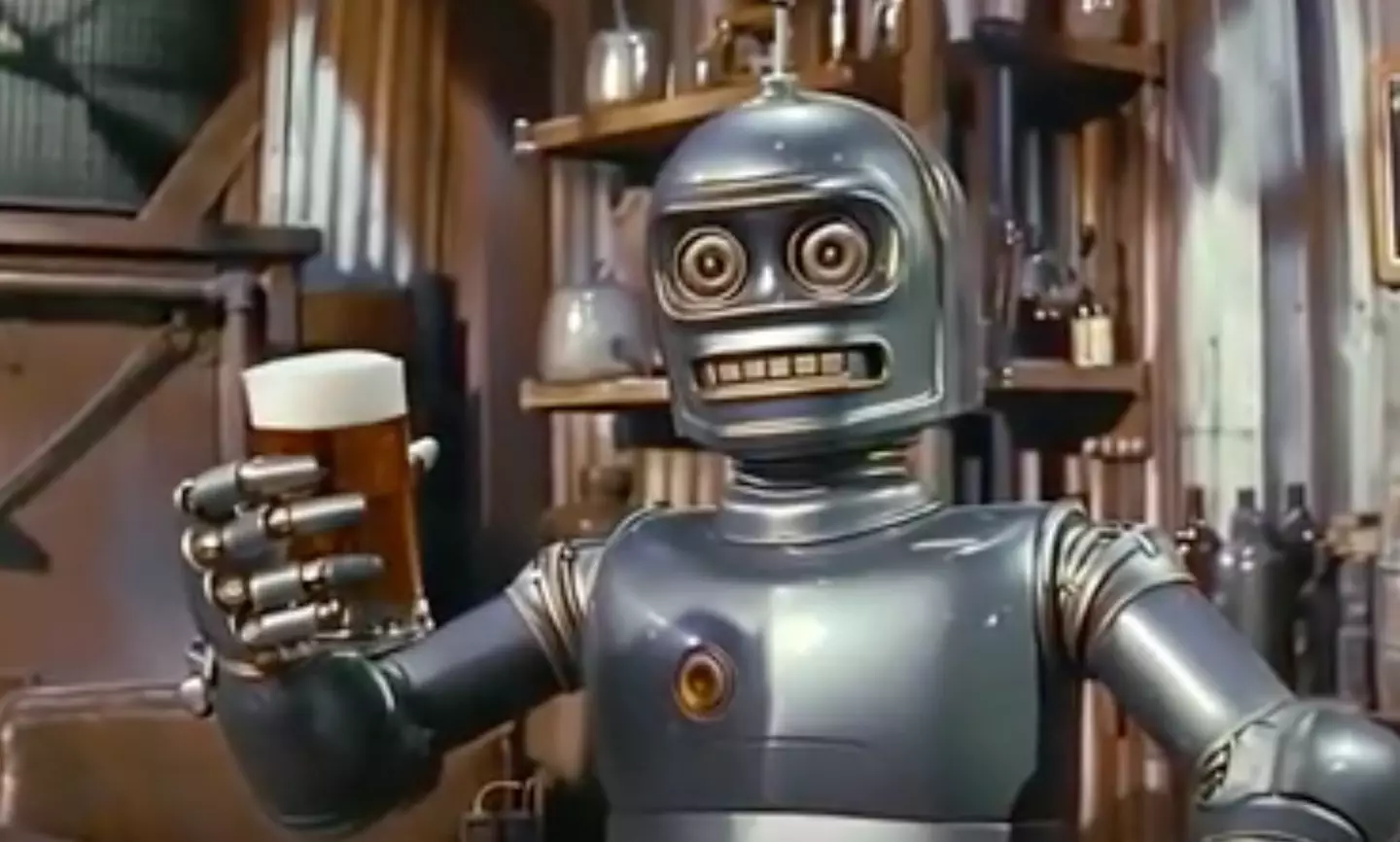
This blend of robotics and personality raises a fascinating question: what would it feel like to meet this rule-bending robot in reality?
Fry: The Timeless Everyman
Fry’s goofy charm becomes almost too real with AI’s textured red hair and wide, expressive eyes.
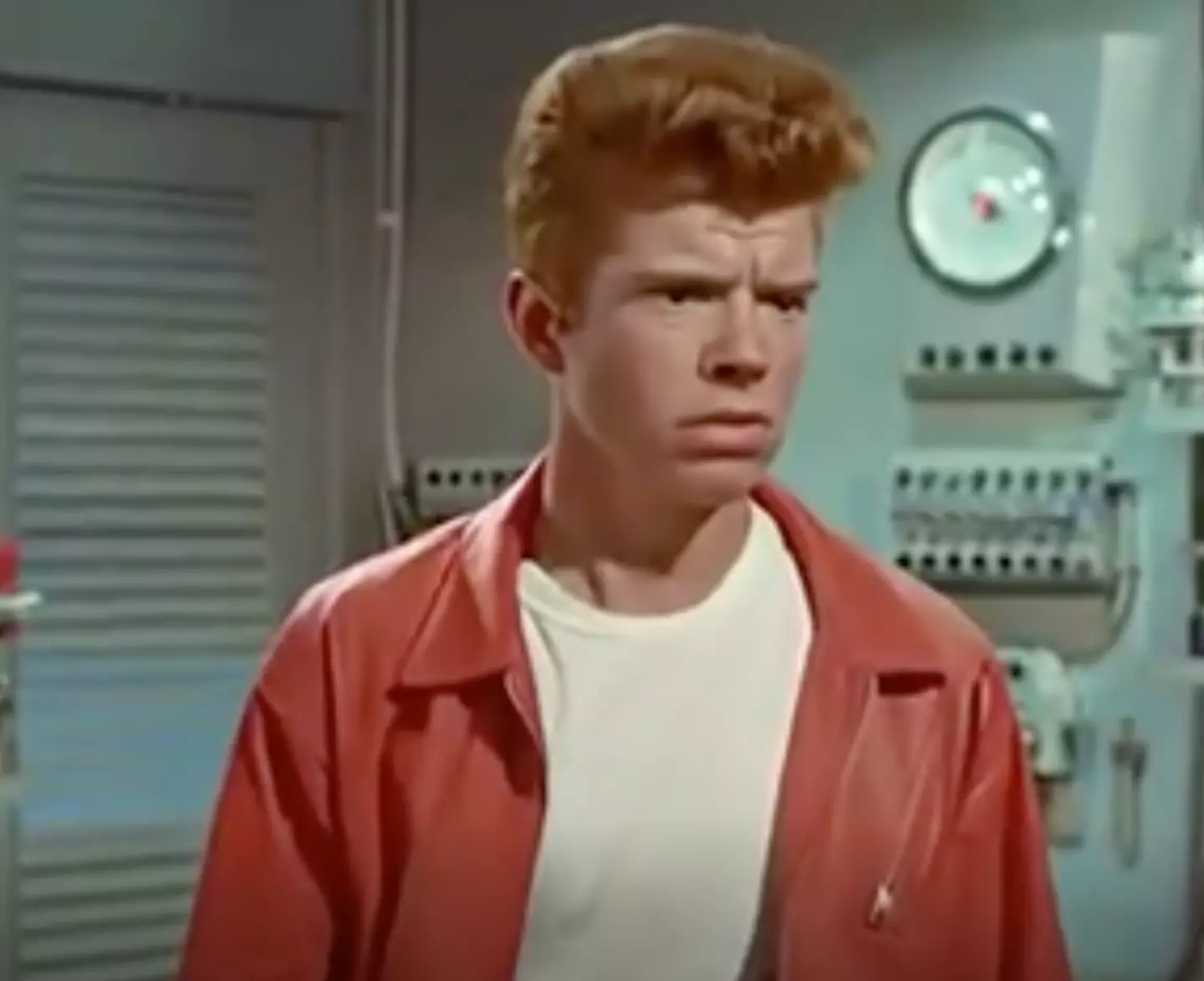
He feels like someone you’d encounter in real life—making his confusion and missteps even more relatable.
Leela: The Cyclops Reimagined
AI makes Leela’s single eye anatomically plausible while preserving her bold personality.
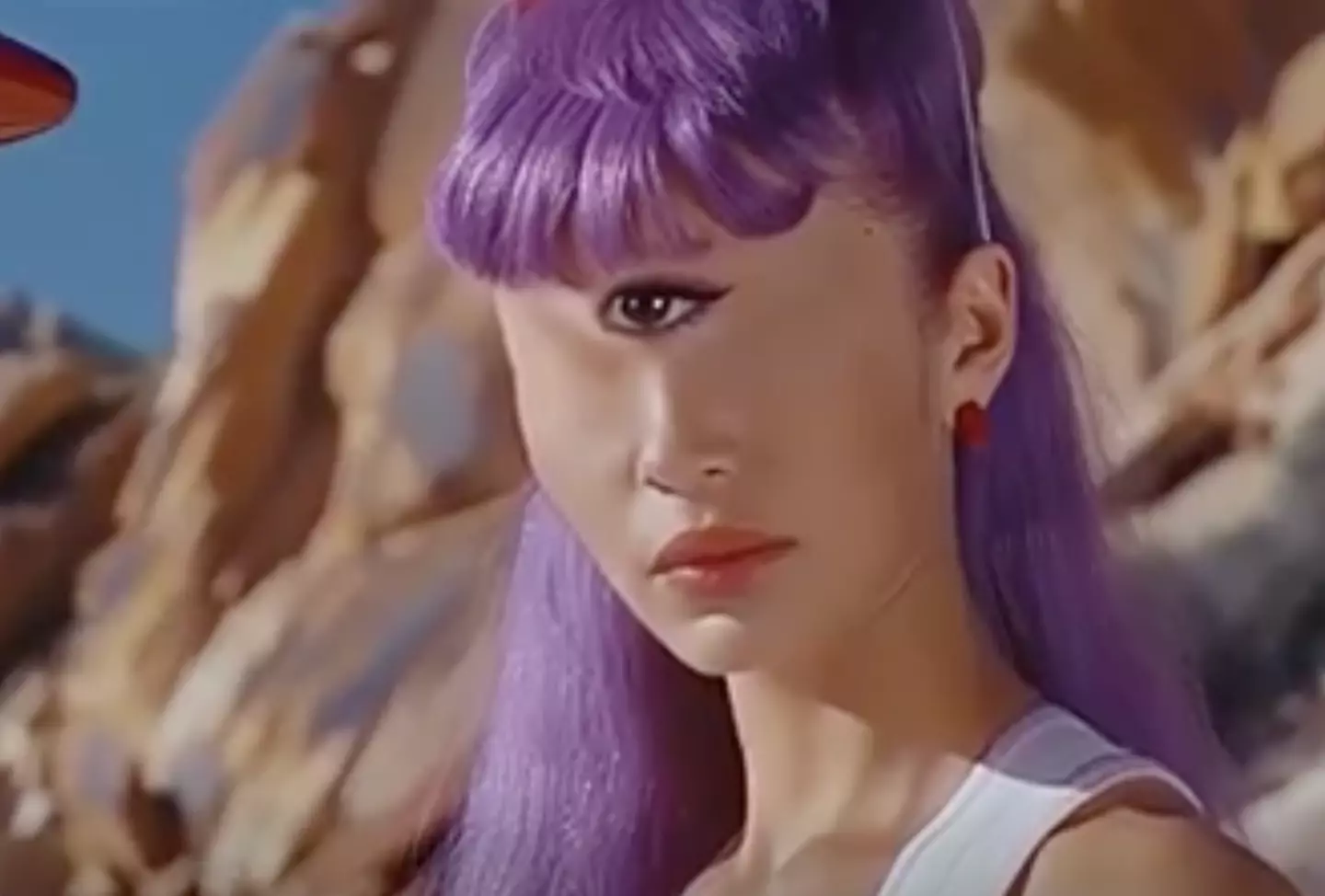
The uncanny realism challenges our perceptions of beauty, making her a thought-provoking vision of the extraordinary.
Zoidberg: The Lovable Crustacean
Zoidberg’s leathery skin and reflective eyes make him a startling blend of biology and comedy.
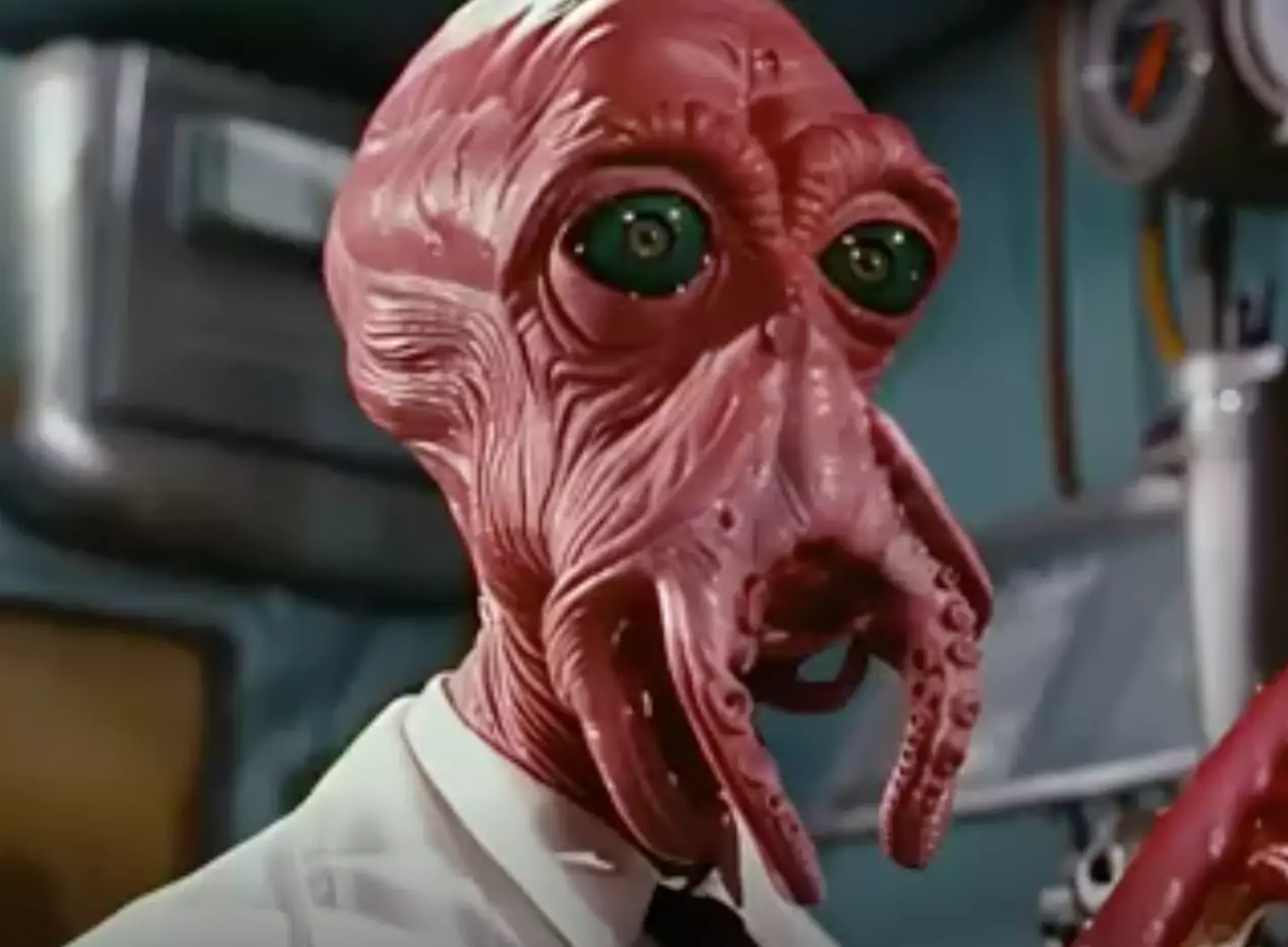
This AI version straddles the line between endearing and unsettling, bringing his squid-like charm to life in vivid detail.
THE FLINTSTONES COMES TO LIFE IN VIDEO
Imagine a world where The Flintstones is brought to life entirely by AI—every frame, every scene, all generated through artificial intelligence. Fred Flintstone, the quintessential working-class caveman, juggles life in Bedrock with his best friend Barney Rubble.
WATCH AI BRING FLINTSTONES TO LIFE
They navigate a series of humorous mishaps involving their families and Dino, Fred’s pet dinosaur. But here’s the fascinating part: this AI-made video doesn’t just recreate the charm of the original—it reimagines it. Fred’s attempts to solve modern problems with Stone Age solutions are not only hilarious but also a testament to how technology can bridge nostalgia and creativity in ways we’ve never seen before.
Betty Rubble: The Girl-Next-Door
Betty’s charm and warmth shine through her freckled complexion and friendly gaze.
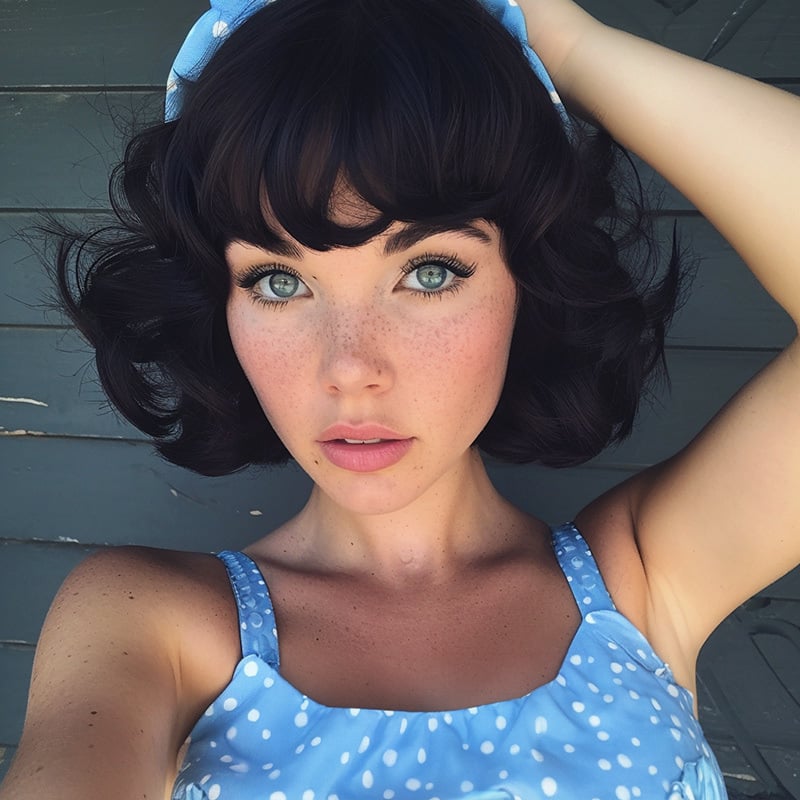
AI gives her depth and realism while preserving her playful innocence, making her feel like a real neighbor from Bedrock.
Barney Rubble: From Sidekick to Hero
Barney’s rugged look, shaggy hair, and mischievous grin bring new life to his comedic core.
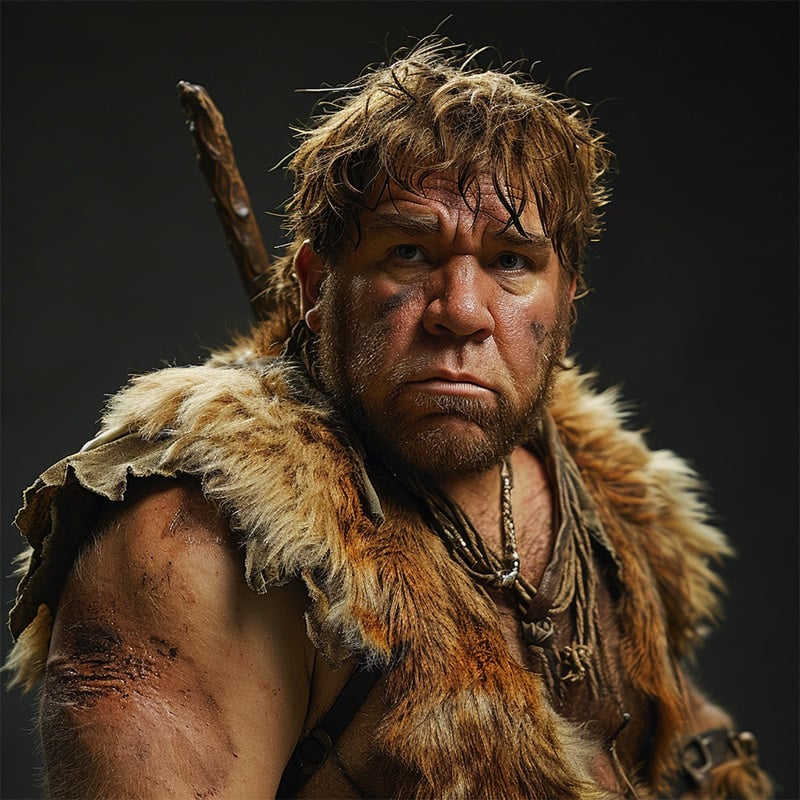
He’s transformed into a Stone Age adventurer with an approachable, humanized edge.
Fred Flintstone: The Everyman
Fred’s burly frame and commanding presence make him feel like a true prehistoric patriarch.
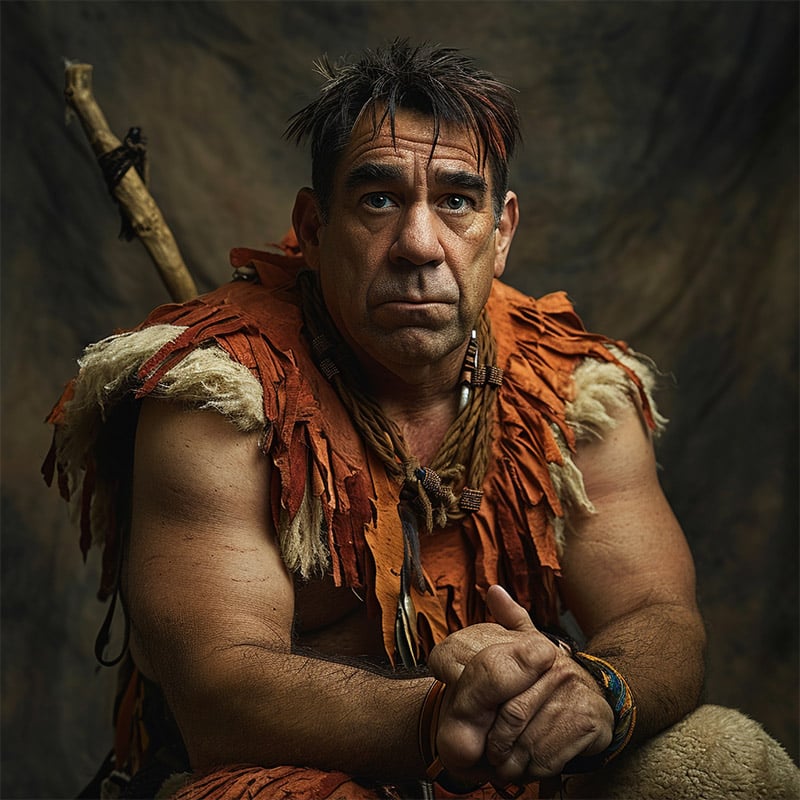
AI retains his boisterous energy, giving him the grit of a Stone Age survivor alongside his iconic charm.
Wilma Flintstone: The Sophisticated Matriarch
Wilma’s vivid red hair and graceful poise blend realism with her timeless elegance.
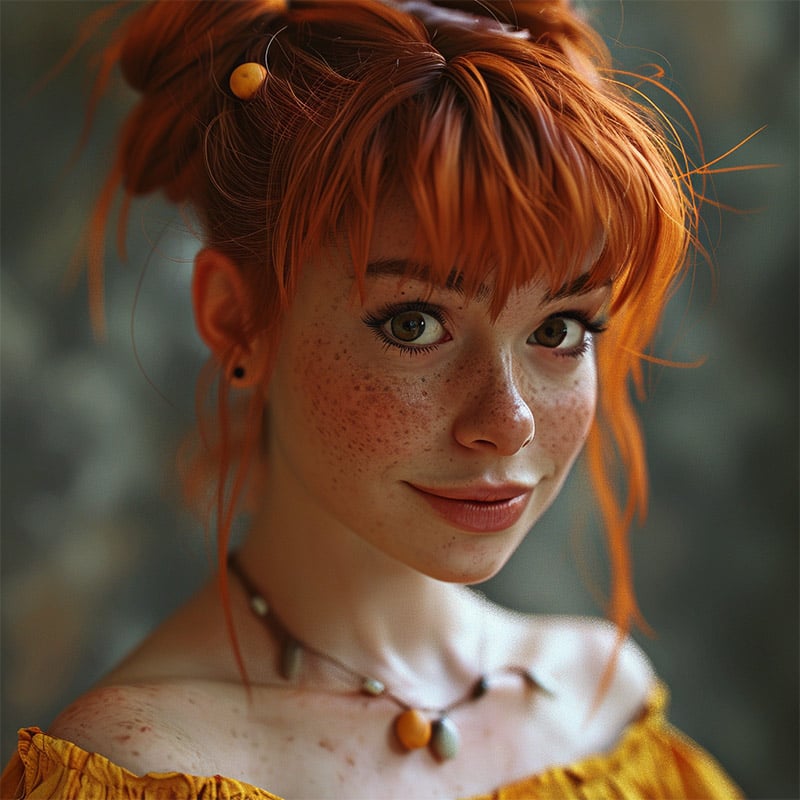
AI highlights her nurturing confidence, making her a striking yet relatable figure.
THE JETSONS COME TO LIFE IN VIDEO
What if The Jetsons was brought to life entirely through AI? In this fully AI-generated reimagining, George Jetson juggles work and family in a futuristic utopia filled with flying cars, robotic helpers, and outrageous gadgets. Through the lens of advanced technology, George confronts the daily challenges of managing his job at Spacely Space Sprockets while navigating the selfdriving car ethical dilemmas of a society where robots take the wheel. As the Jetson family engages in their digital lives, they must also grapple with the implications of AI decision-making in their personal interactions. From Rosie the robotic maid’s quirky antics to the adventures of Elroy and Judy, each episode paints a vibrant picture of the joys and complexities of life in a future defined by artificial intelligence.
WATCH AI BRING THE JETSONS TO LIFE
Alongside his tech-savvy son Elroy, stylish wife Jane, and their loyal robot maid Rosie, George navigates hilarious challenges that feel all too relatable, even in a high-tech world. This AI creation doesn’t just replicate the charm of The Jetsons—it redefines it, blending nostalgia with cutting-edge innovation to show us a future that’s closer than we think.
George Jetson: The Futurist Dad
George’s thoughtful expression and retro-futuristic style ground him as a relatable family man in a high-tech world. His love for vinyl records and classic films reflects a deeper connection to the past that resonates with those around him. In a time when technology often feels overwhelming, George embodies a comforting presence that navigates the complexities of modern life with ease. This blend of old and new also creates a bridge for conversations about shared experiences, fueling a sense of ‘millennial nostalgia for gen z‘ that highlights the importance of tradition amid rapid change.
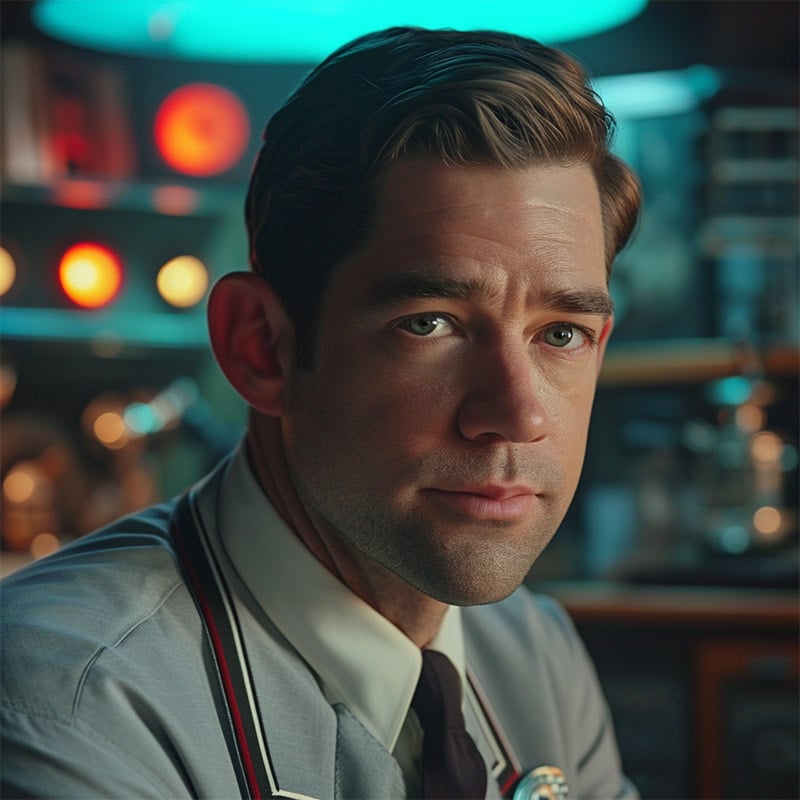
AI captures his charm and adaptability in perfect harmony with the Jetsons’ aesthetic.
Jane Jetson: The Stylish Matriarch
Jane’s polished red bob and chic uniform exude sophistication.
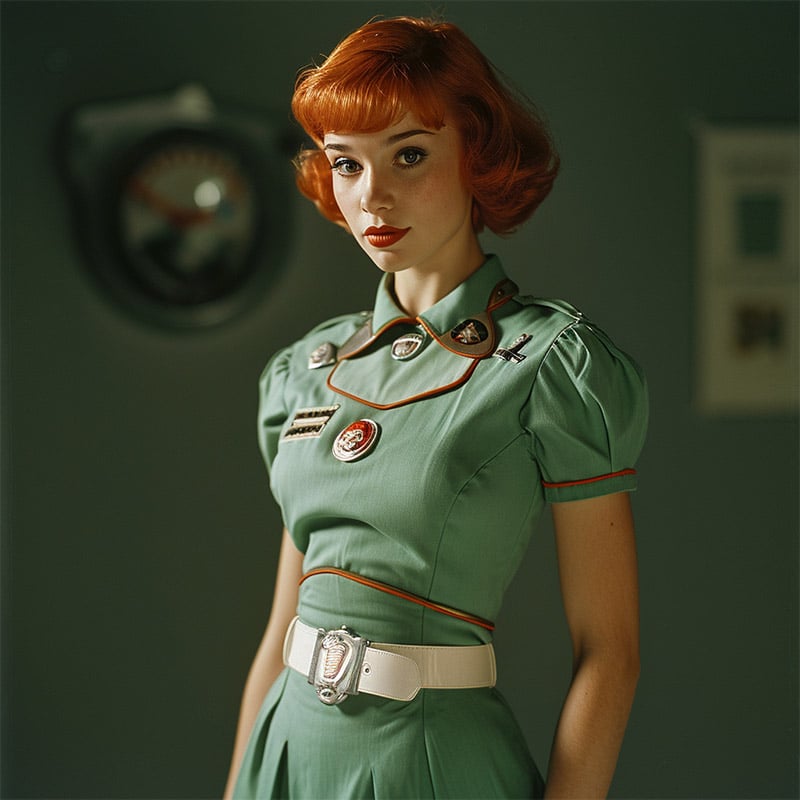
AI captures her intelligence and warmth, blending retro and futuristic elements seamlessly.
Elroy Jetson: The Tech Prodigy
Elroy’s futuristic headgear and glowing circuits make him the perfect blend of youthful curiosity and innovation.
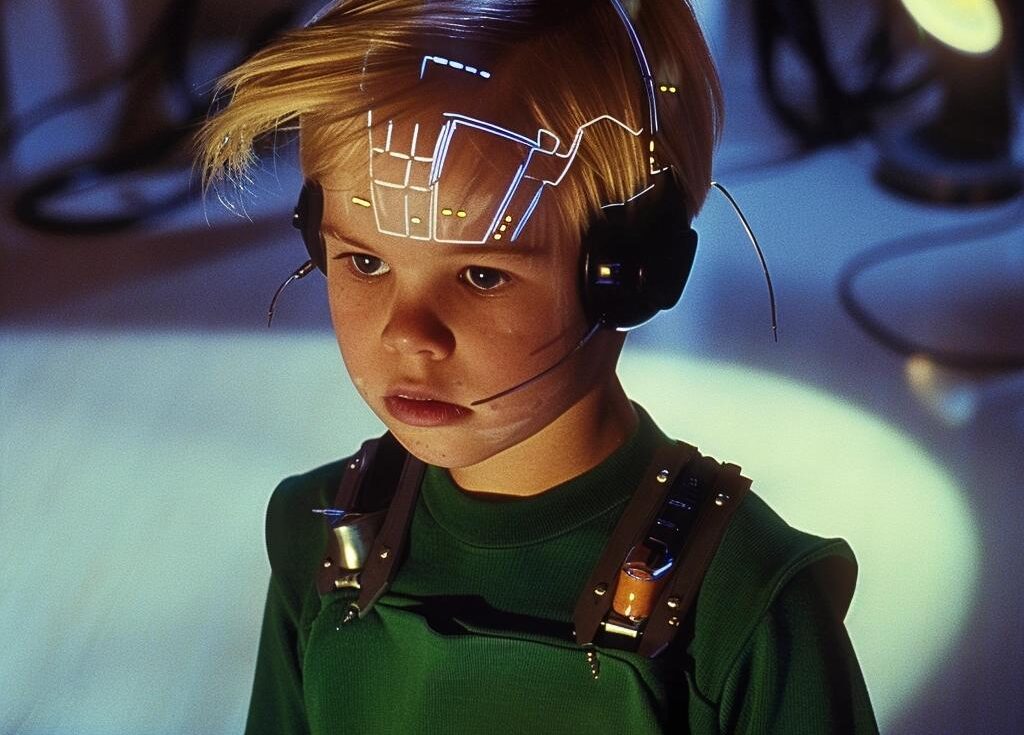
AI captures his wonder and determination, bringing a sense of forward-thinking nostalgia.
Rosie the Robot: A Heart of Steel
Rosie’s glossy frame and glowing eyes balance function with personality.
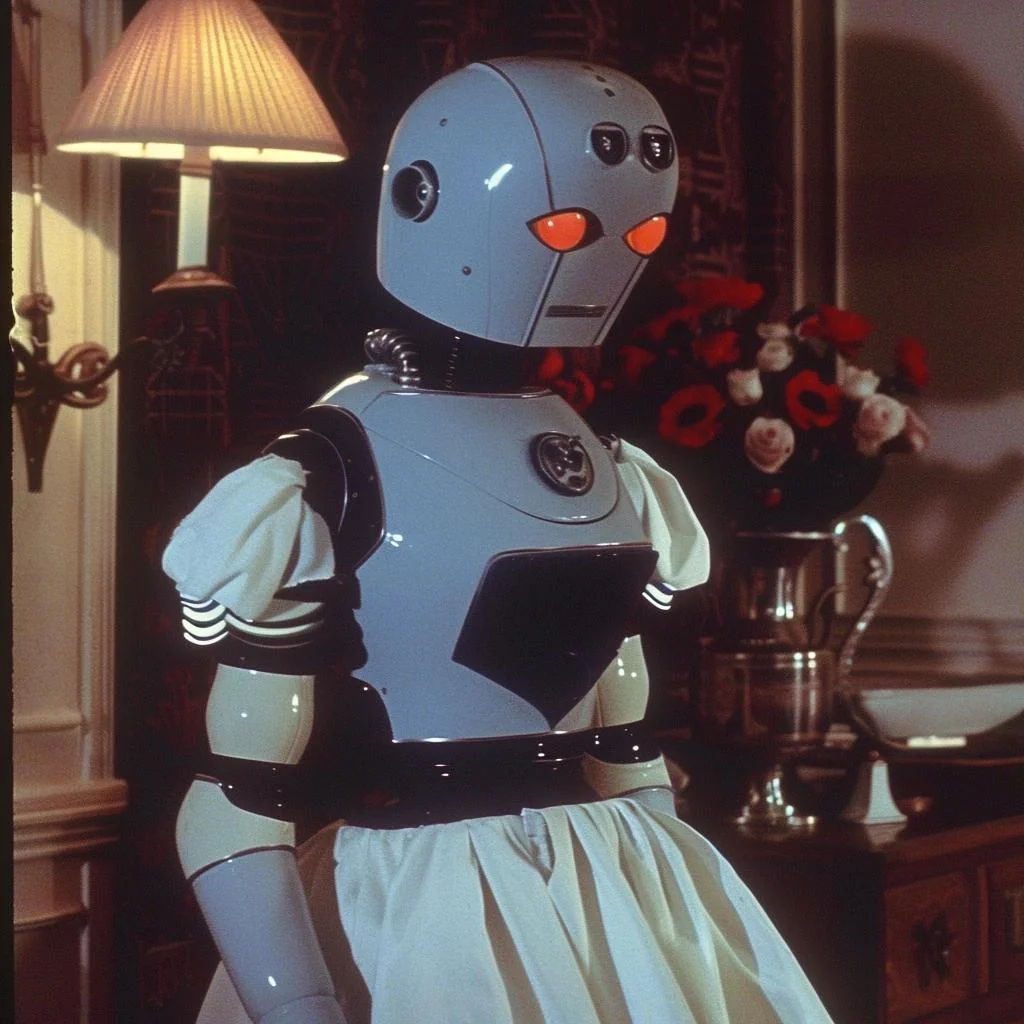
Her AI rendering makes her both utilitarian and endearing, the ultimate robotic confidante for a high-tech family.
Final Thoughts: AI’s Artistic Legacy
AI’s ability to transform cartoons into realistic characters is more than a fun “what if” scenario—it’s a glimpse into the evolving relationship between creativity and technology. These creations blur the lines between art and machine, raising questions about originality and collaboration. Are these lifelike depictions purely AI’s work, or a shared effort between animators, programmers, and those providing input? The answer is all of the above. As technology advances, the fusion of artistic expression and algorithmic precision challenges our perceptions of authorship and skill. Can you distinguish human from AI art? This ongoing dialogue not only stimulates innovation but also urges us to reconsider the value we place on creativity, sparking debates about the essence of art in an increasingly digital world.
But it doesn’t stop there. These transformations force us to rethink the characters we thought we knew, pulling back the veil of imagination and letting us explore “what if” in ways that are as philosophical as they are entertaining. With AI advancing rapidly, today’s experiments are just the beginning. Imagine fully animated films where cartoons exist seamlessly with live-action actors or personalized AI turning your sketches into photorealistic art. The possibilities are vast, limited only by our imagination—and maybe a bit of processing power. As we push the boundaries of creativity, the reflections on identity and existence become deeper, inviting audiences to engage with narratives that question the nature of reality itself. As Turing’s test and modern AI continue to evolve, we may find ourselves not only consuming stories but also becoming active participants in their creation. This intersection of technology and artistry not only enriches the storytelling experience but also challenges us to consider the ethical implications of our choices in this brave new world.
Whether you’re here for the artistry or to laugh at a hyper-realistic Homer Simpson, one thing is certain: AI is reshaping how we see the worlds we love. And that’s pretty remarkable.
SIMPSONS FAMILY
OTHER CARTOON FAVORITES
More from A.I.
Can You Tell If This Art Is Human or AI? Most People Can’t!
Once upon a time, art was the way humans flexed, a way to show off our emotions, imagination, and skill. …
AI’s Prison Takeover: Are We Creating a Orwellian Dystopia?
The modern world is almost fully integrated with artificial intelligence, and prisons are starting to benefit from AI innovations too. …
Would a Self-Driving Car Kill You to Save Three Strangers? The Terrifying Truth
Picture this: you go to cross the street, walking about 10 feet behind a group of 3 friends. A self-driving …






